Nineteen of our RFSA members and friends enjoyed a fabulous couple of weeks (12-day cruise plus 3 nights in London) from June 20 until July 3, 2024. It was an amazingly beautiful trip with 12 nights and 8 ports on the fabulous Regal Princess ship! We viewed charming countryside and storybook castles, and discovered timeless traditions found in the heart of each town. We listened to traditional tunes at local venues in Ireland and Beatles songs at pubs in England. We experienced age-old traditions and had an opportunity to tour the landing beaches of Normandy during this 80th anniversary year of D-Day.

LONDON (pre-and post-night stays and sightseeing) (Click on photos for full view)



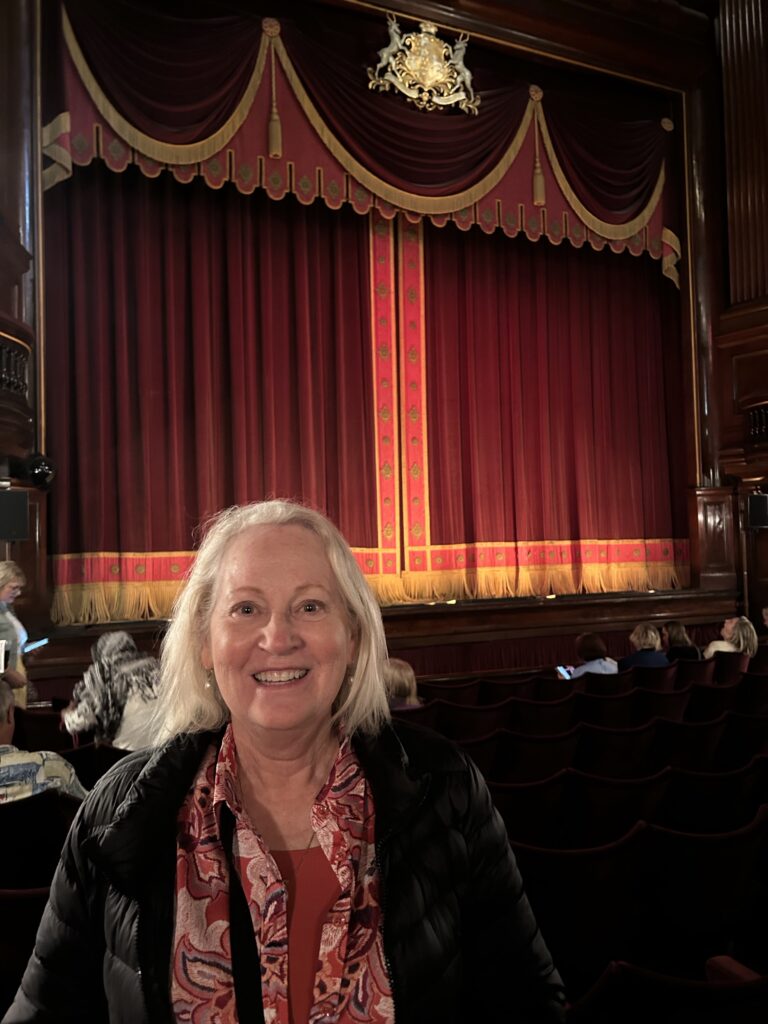

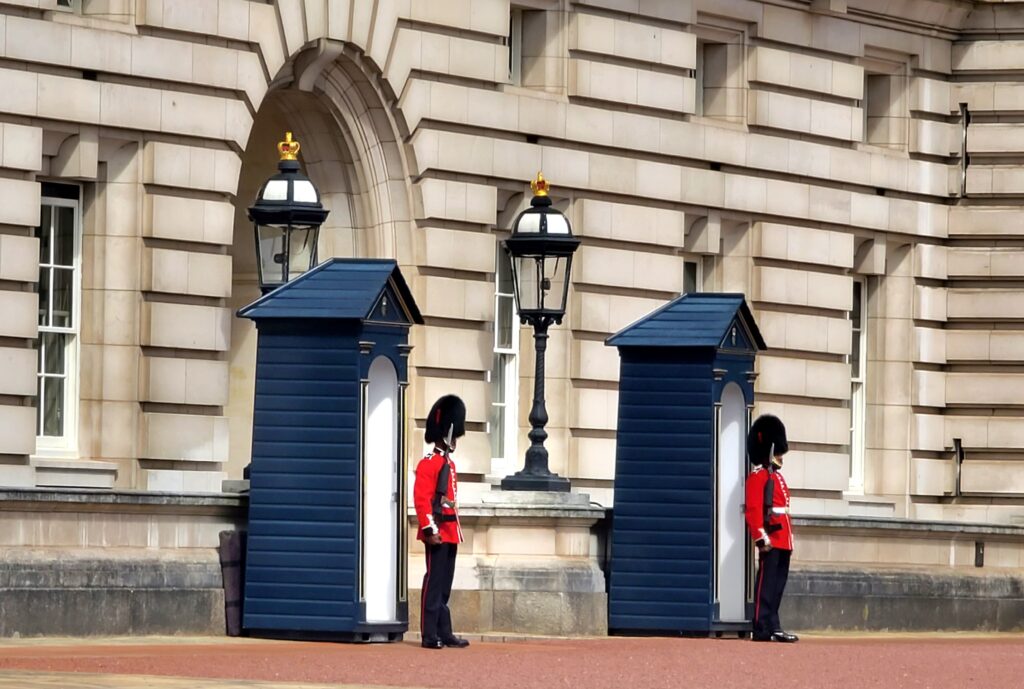



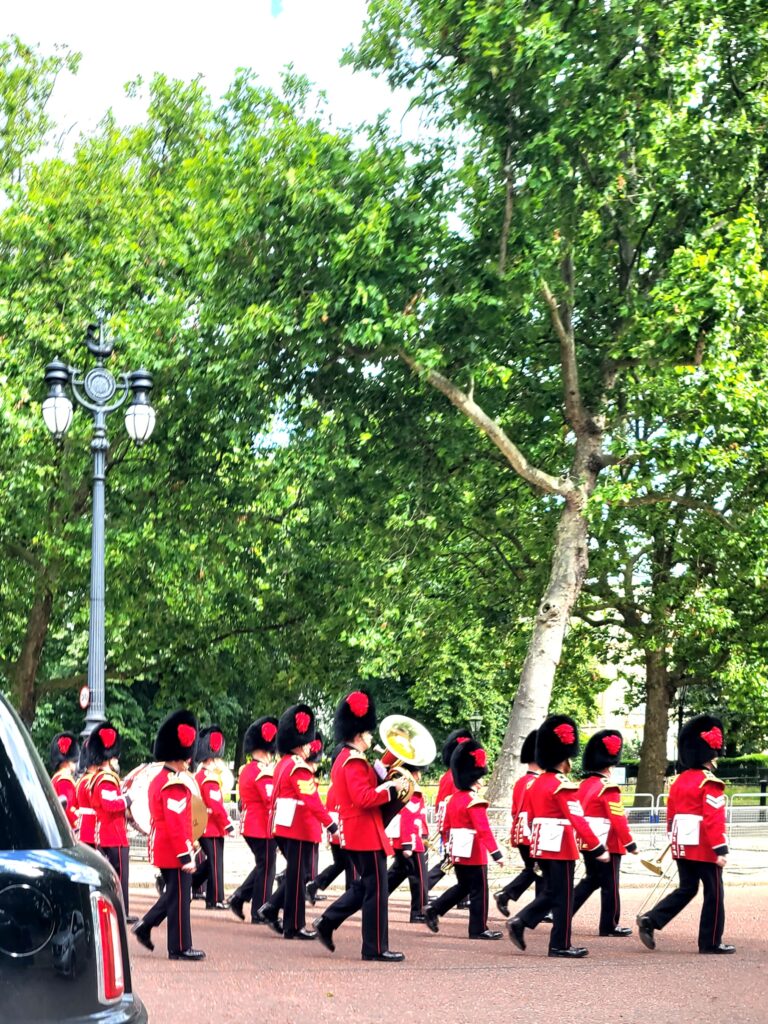




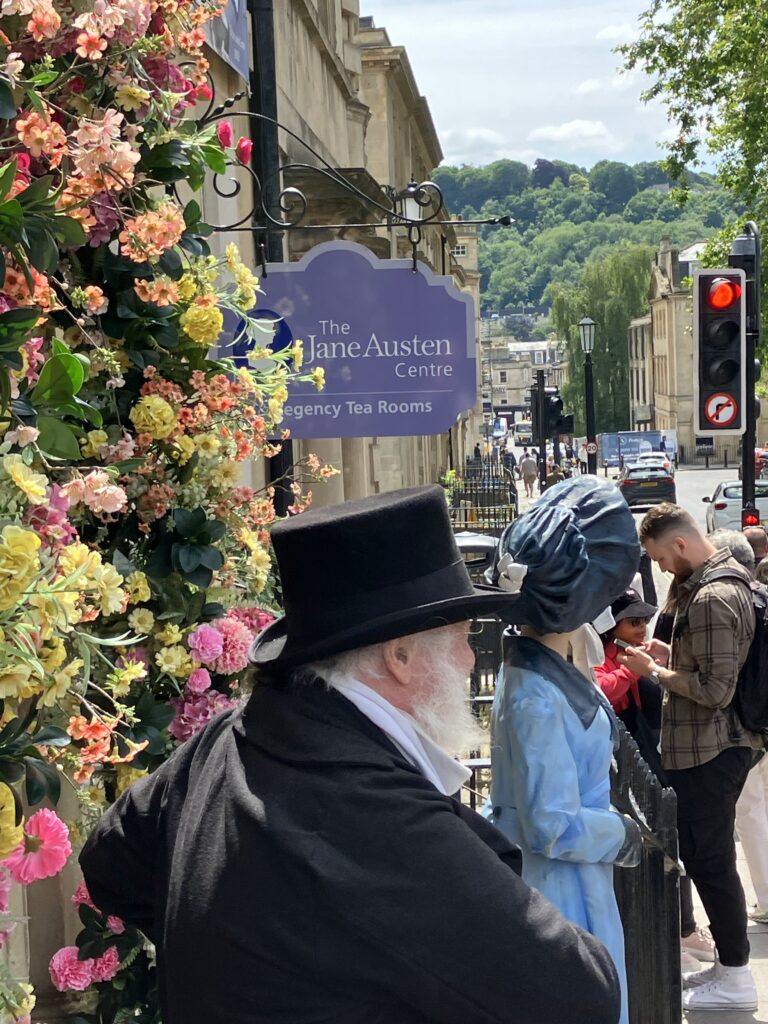

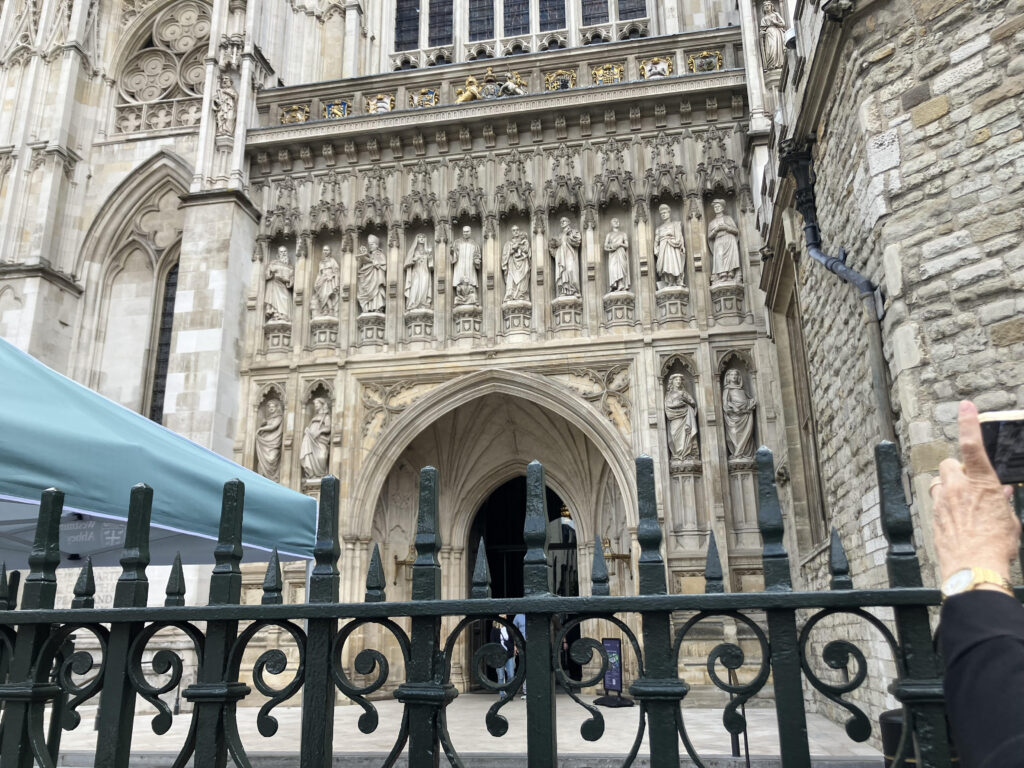






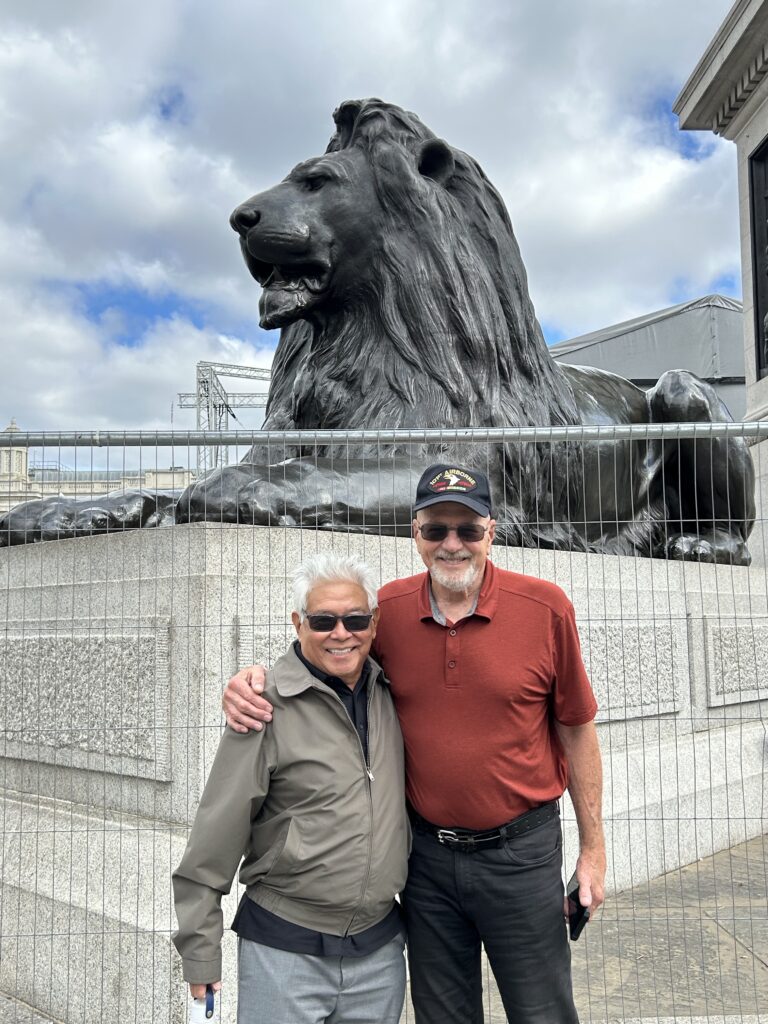




THE REGAL PRINCESS (Click on photos for full view)
The Regal Princess has more than 1400 balconies, a glass-floor walkway extending 28 feet beyond the edge of the ship, fabulous sweeping views and holds 3560 guests and 1346 crew members. It was built in 2014. It includes 19 decks, 1780 guest cabins and was christened with the original cast of “The Love Boat”. It is 1083 feet long, 217 feet high and weighs 142,229 tons!







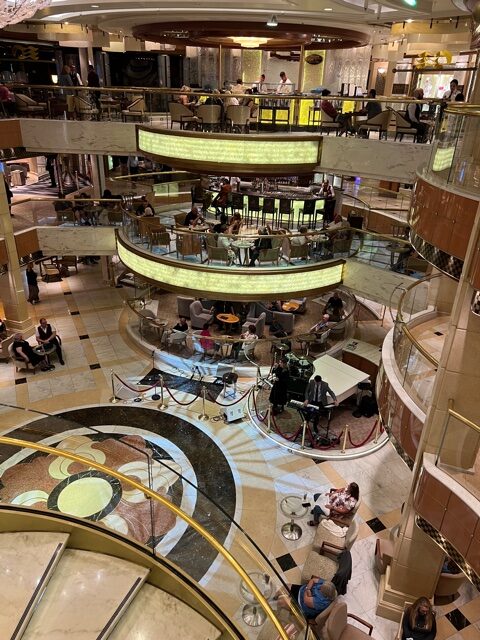
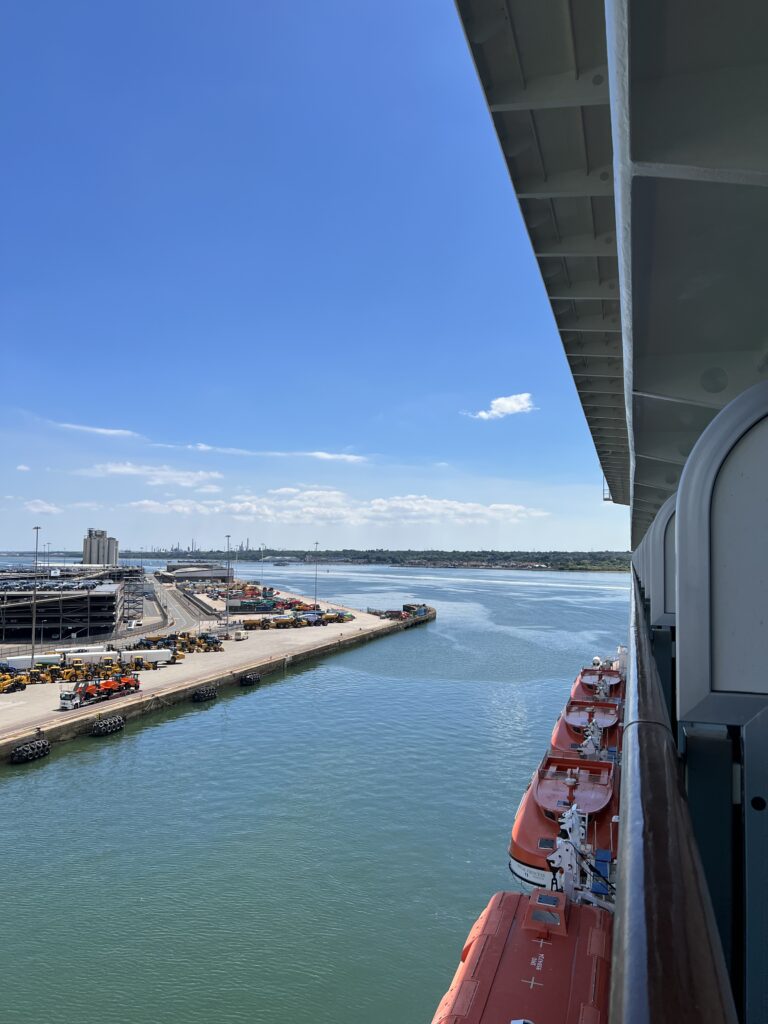
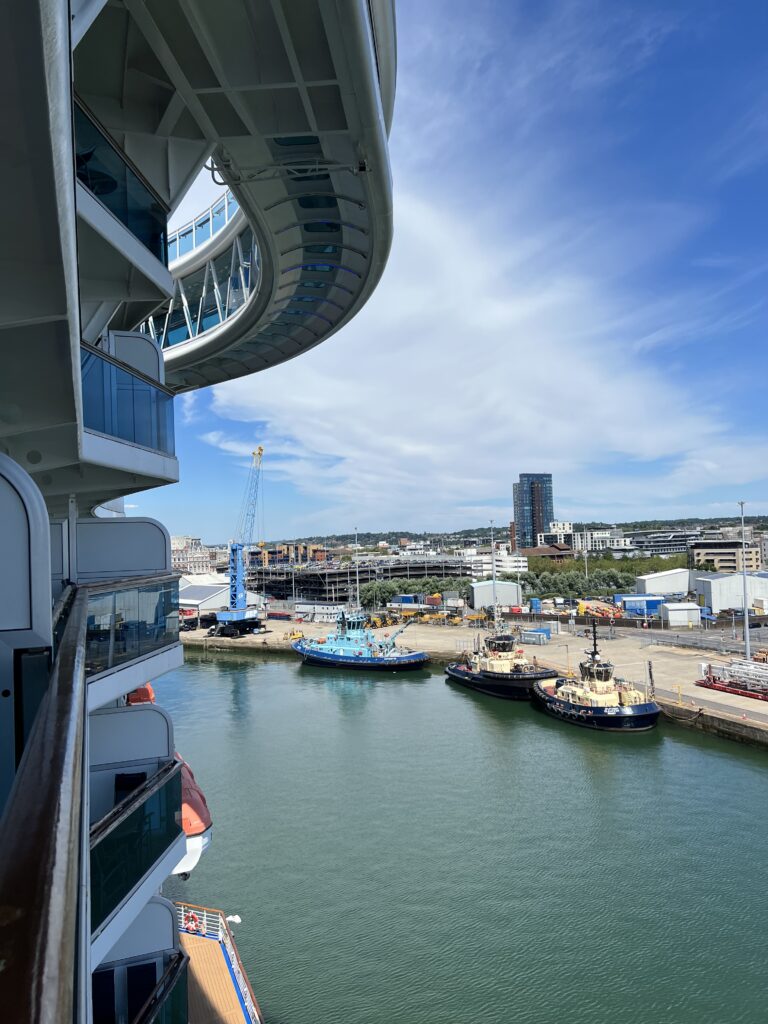
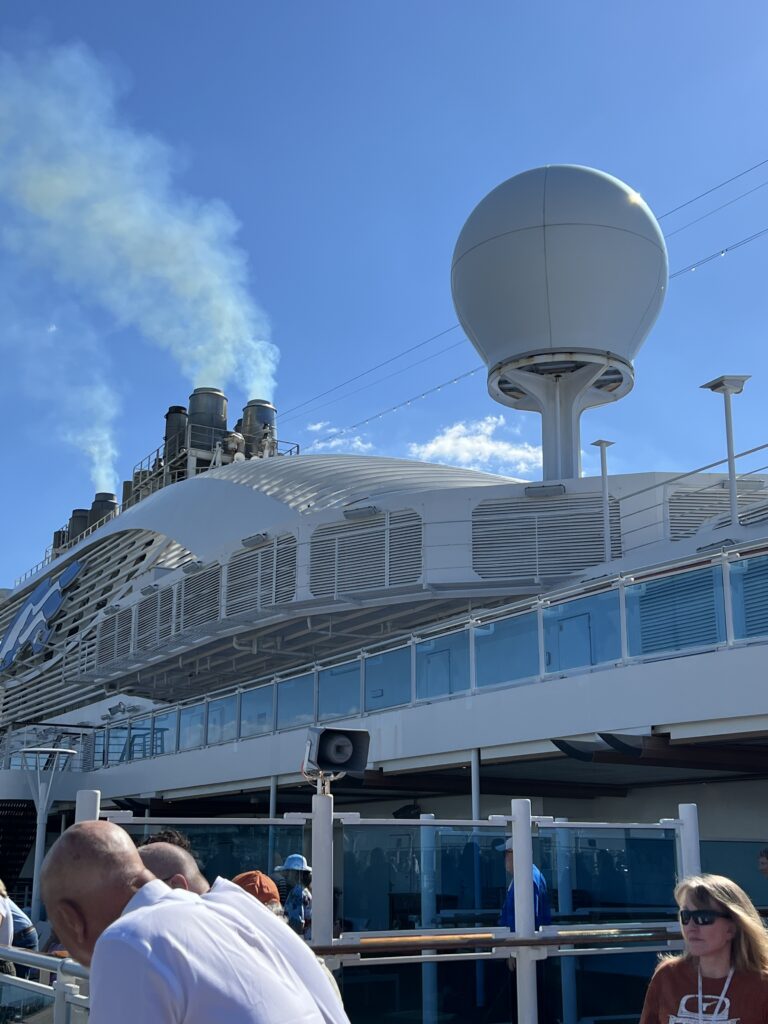
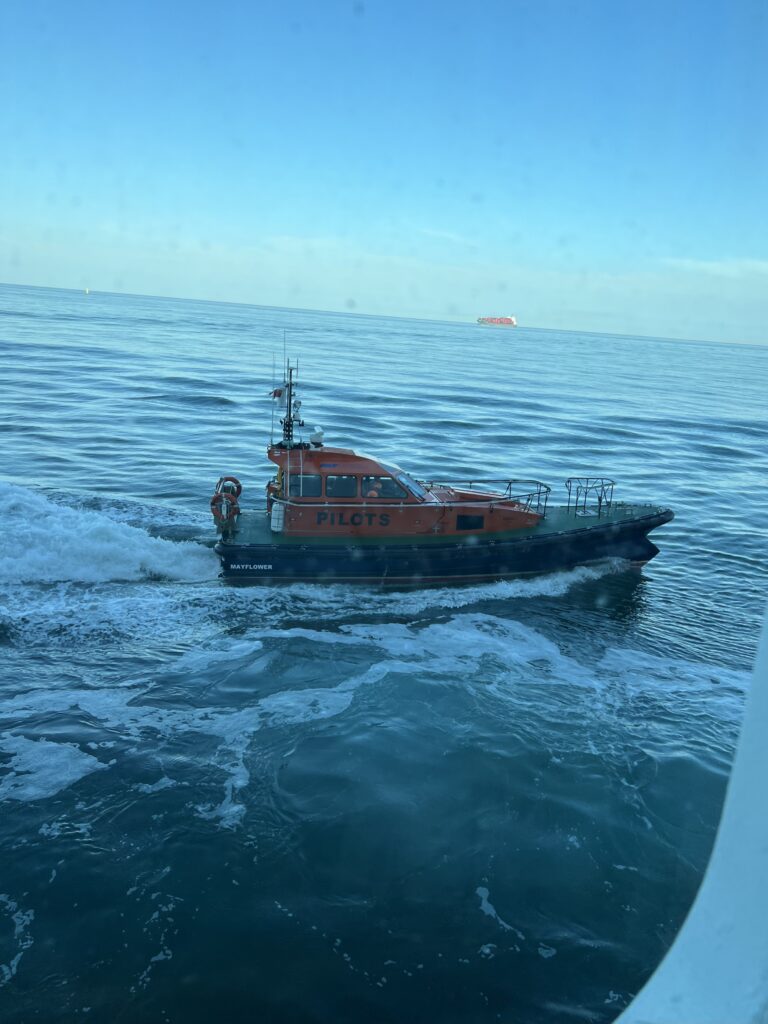
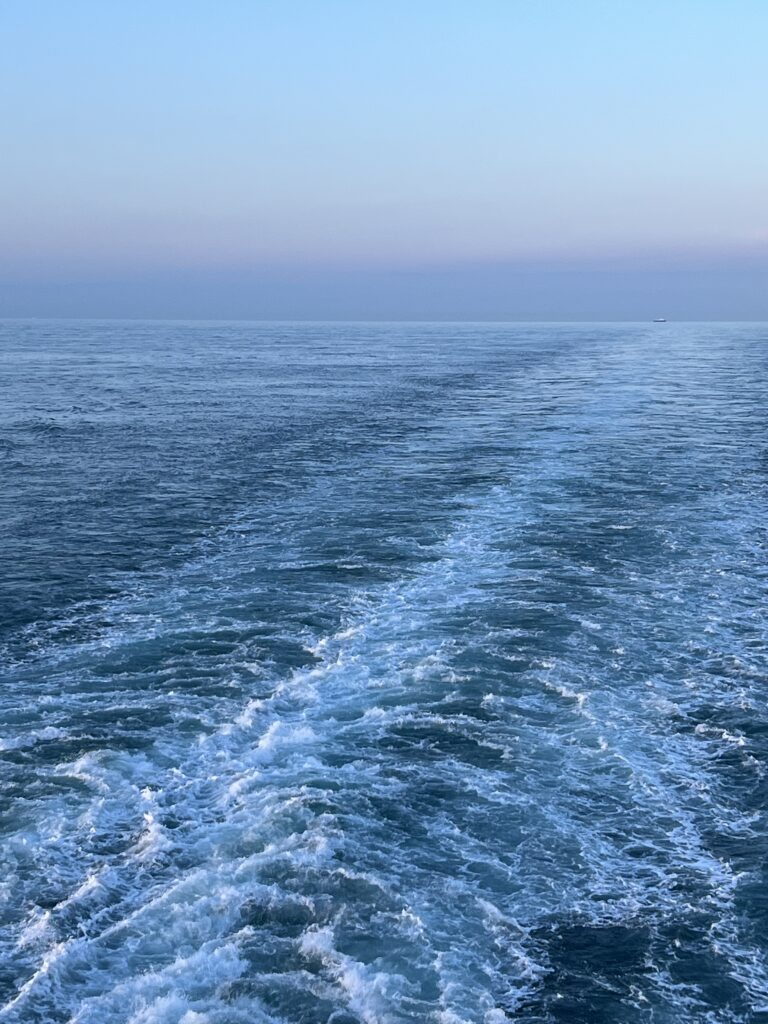
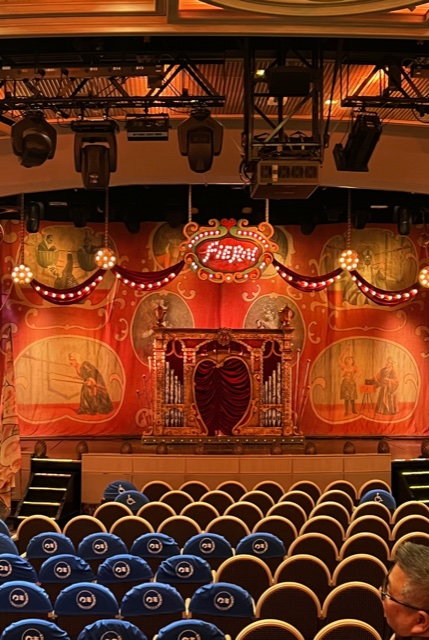

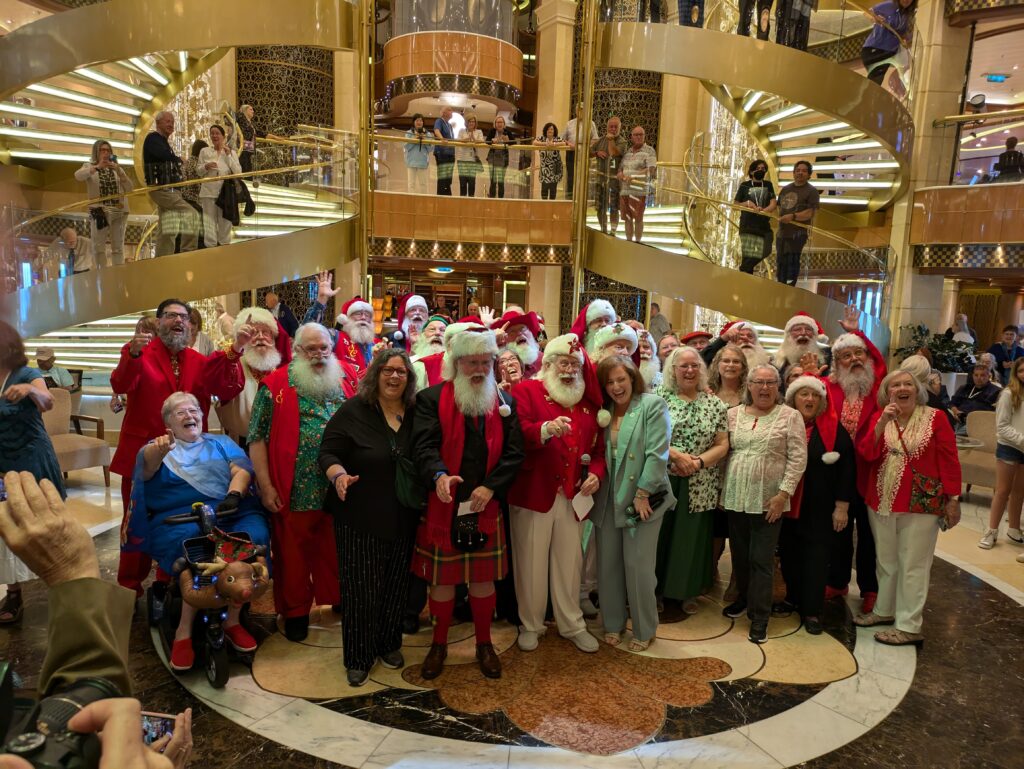

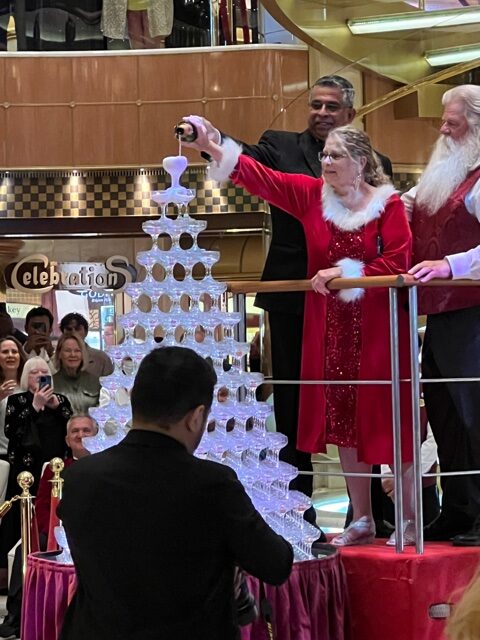

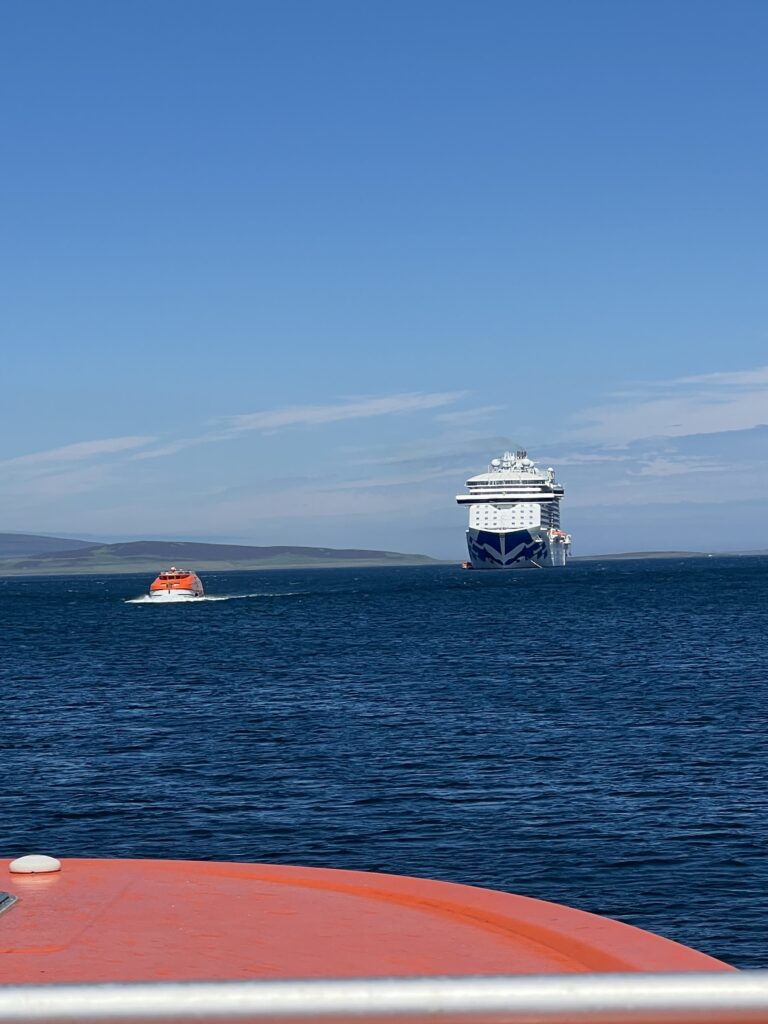
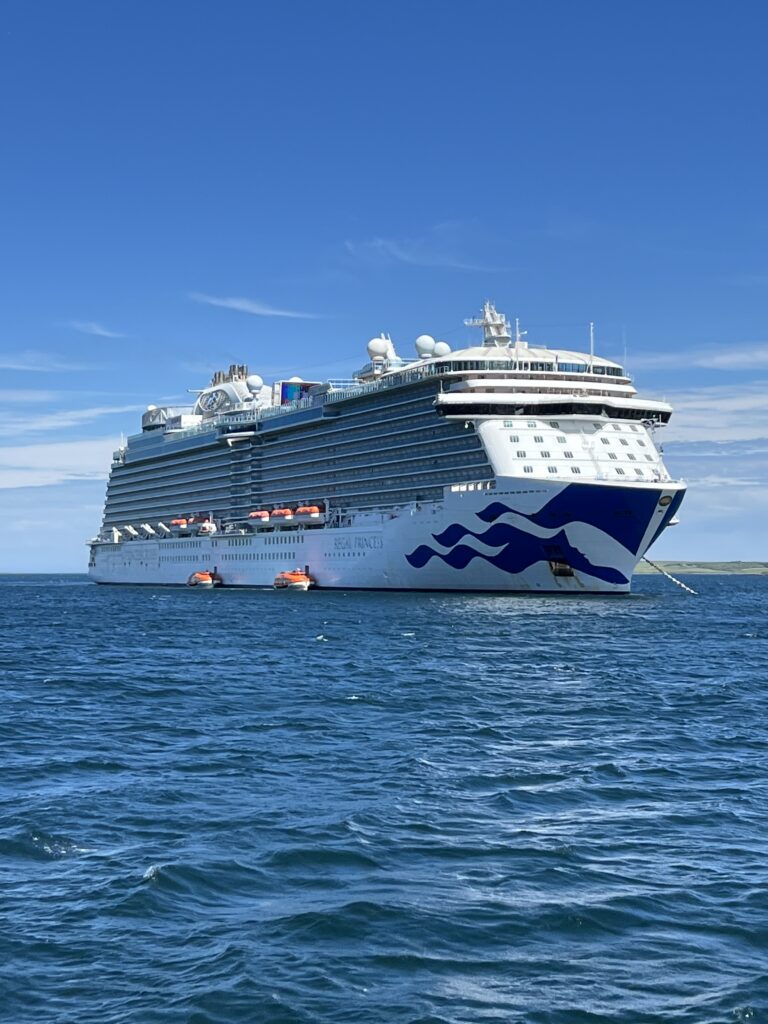
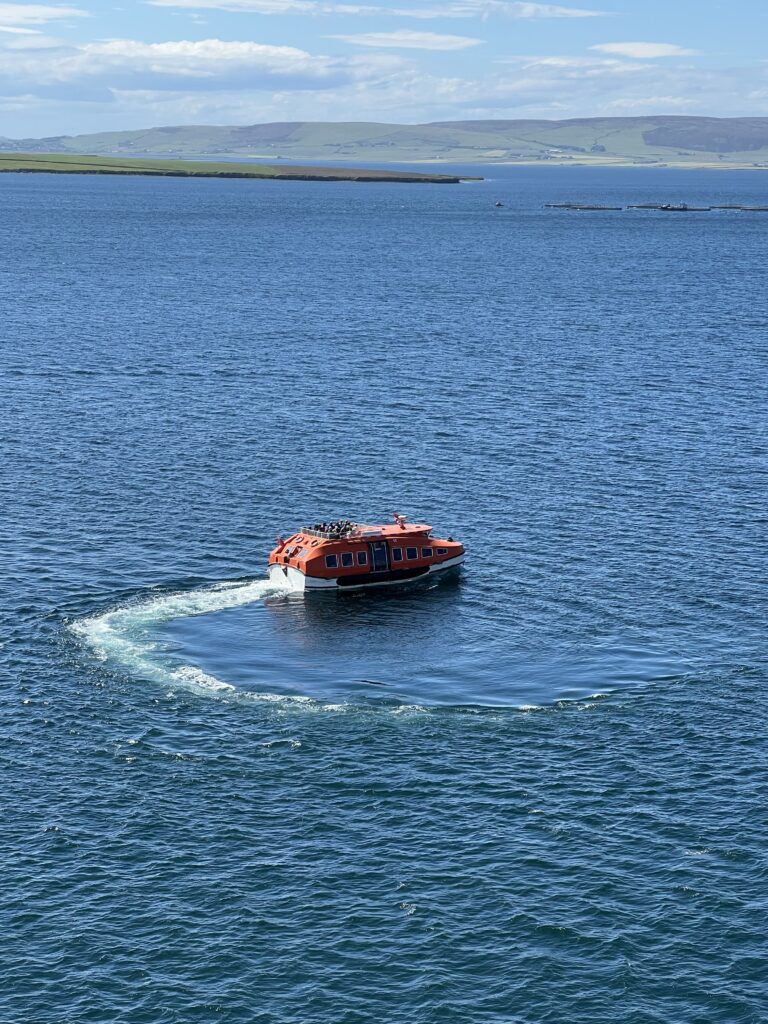
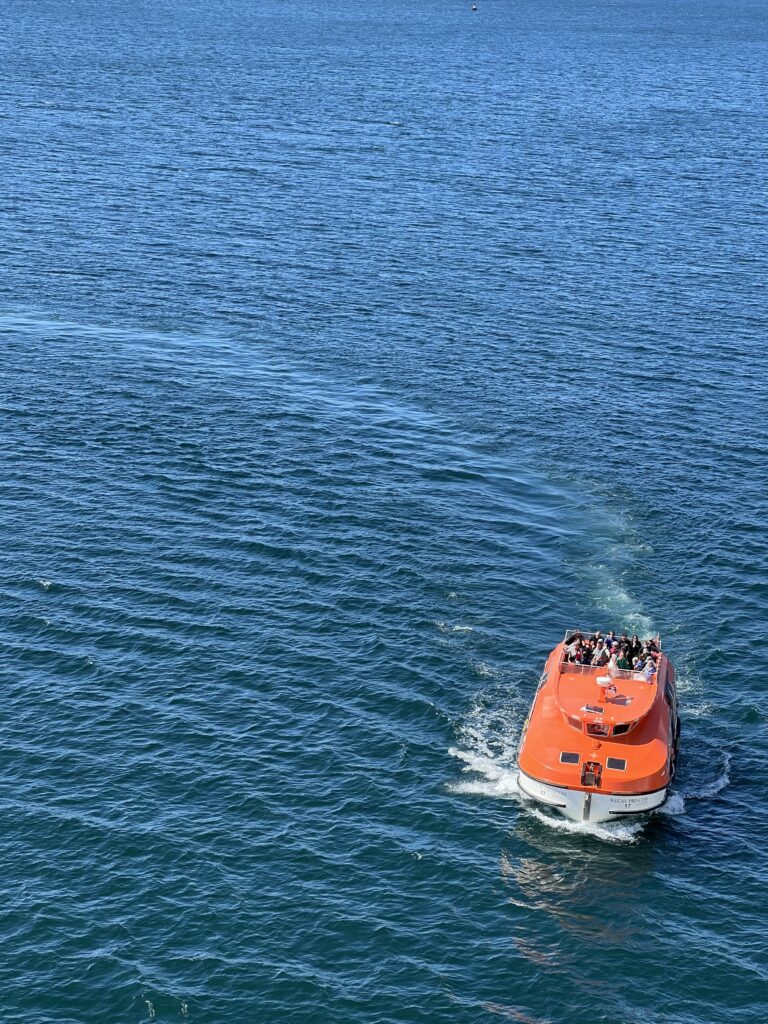
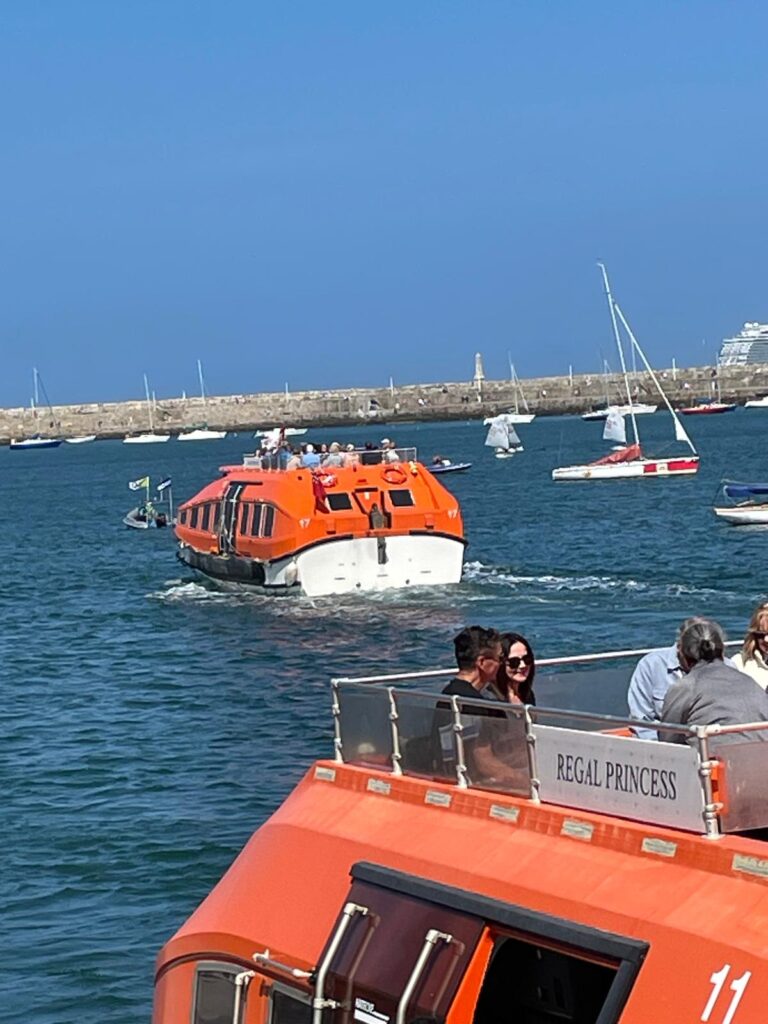
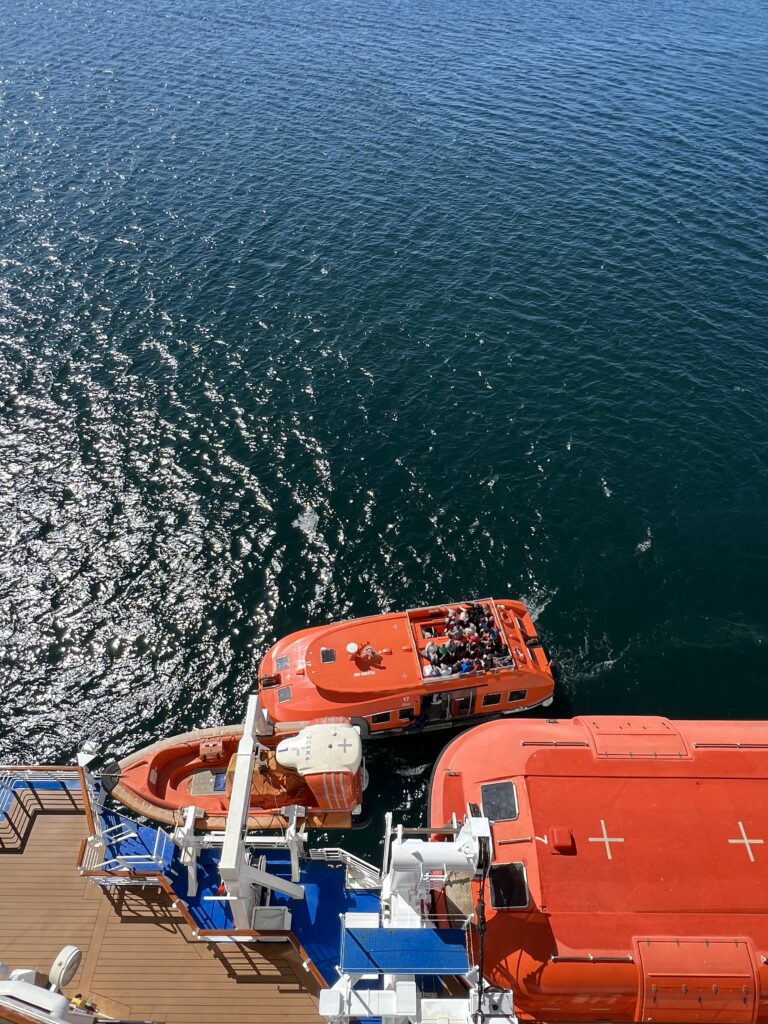
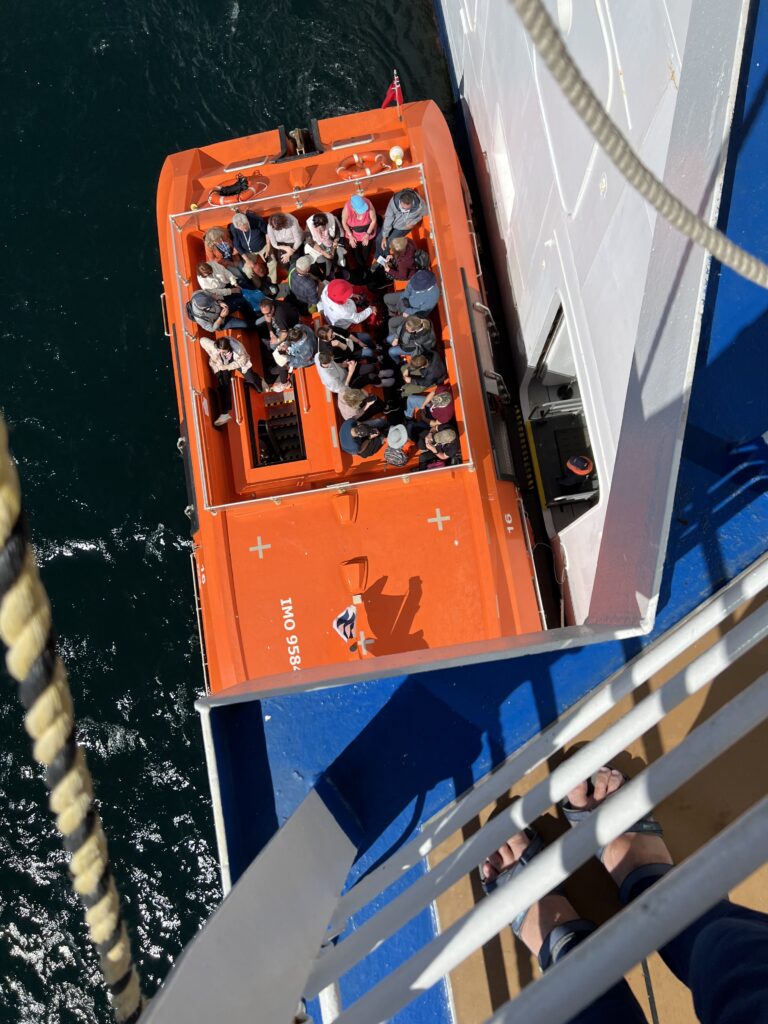

























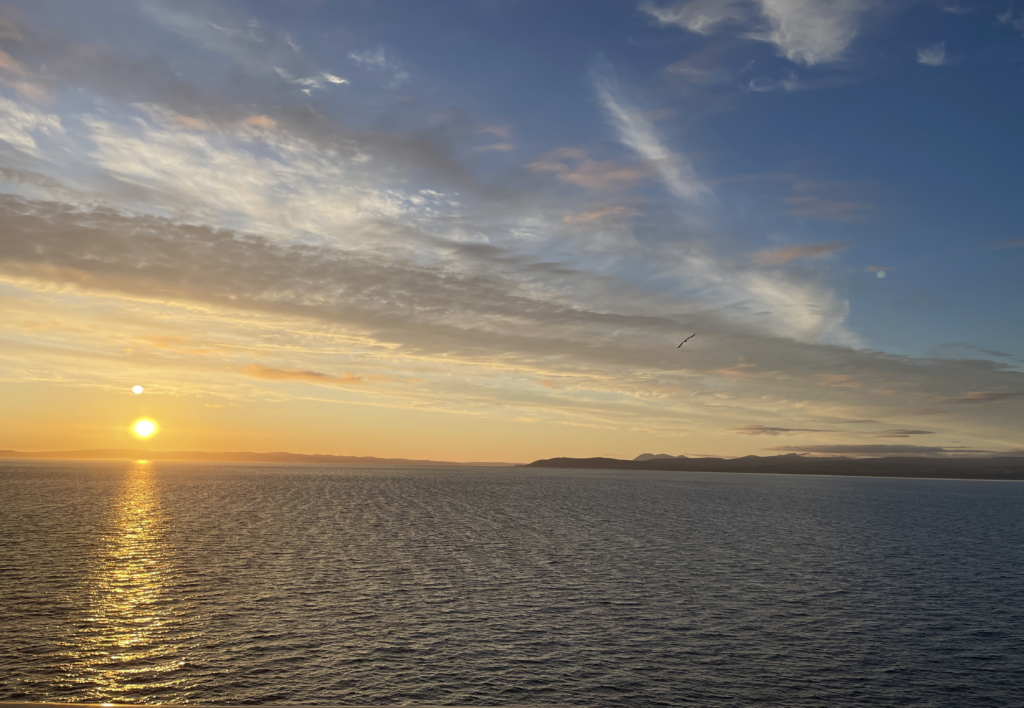














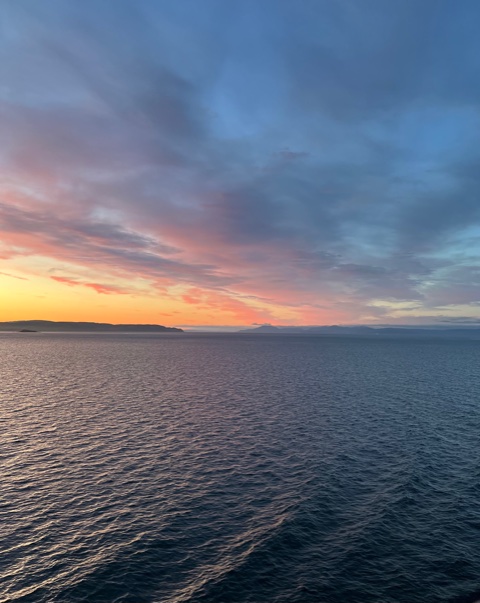




SCOTLAND (Click on photos for full view)
The Highland is a Scottish breed of rustic cattle that originated in the Scottish Highlands and Western Islands of Scotland. It has long horns and a long shaggy coat, and is very hardy to be able to withstand the intermperate conditions on the region. There are two types – a smaller island type, usually black, and a larger mainland type, usually orange in color. The St. Andrews Old Course is a bucket-list trip for just about any golfer. It is the most famous golf course in world golf. St. Andrews Cathederal is a cathederal of the Scottish Episcopalean Church situationed in the city of Iverness, close to the banks of the River Ness. Inveraray Castle is a country house near Inveraray in the county of Argyll, Scotland. It is one of the earliest examples of Gothic Revival architecture. Orkney Islands consists of a group of more than 70 islands and islets – only about 20 of which are inhabited, in Scotland.



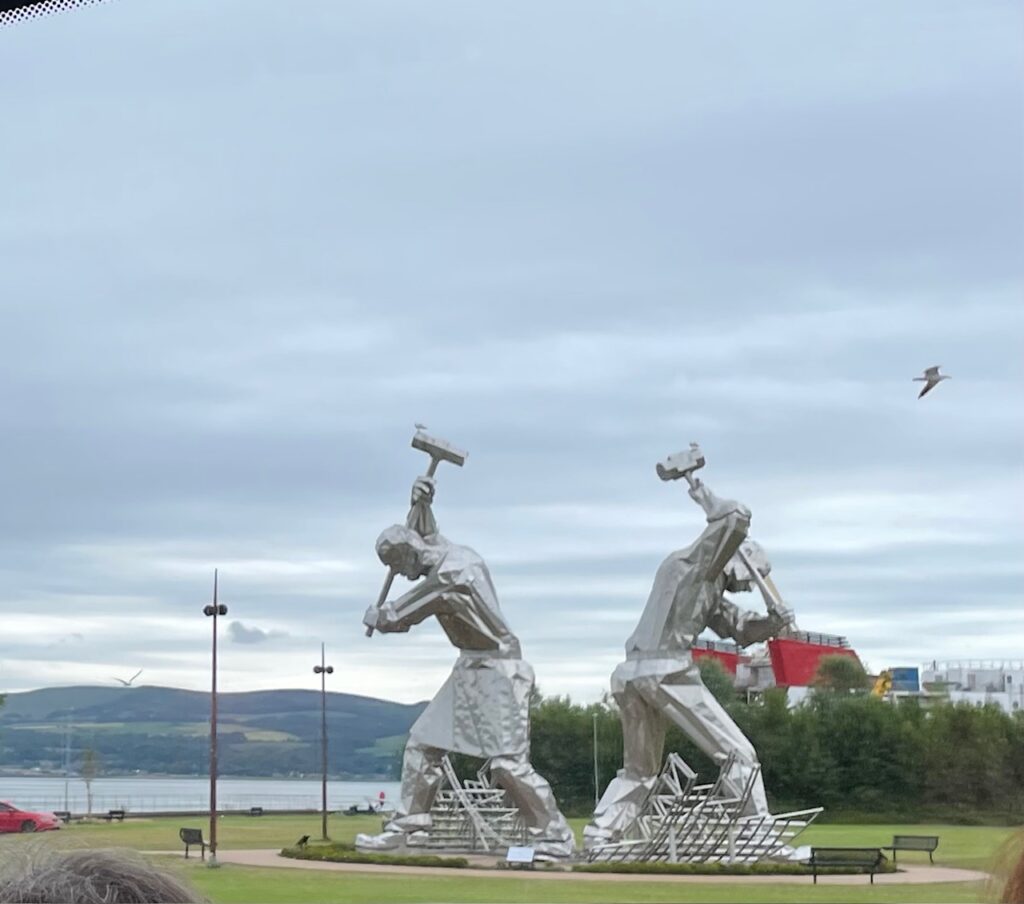

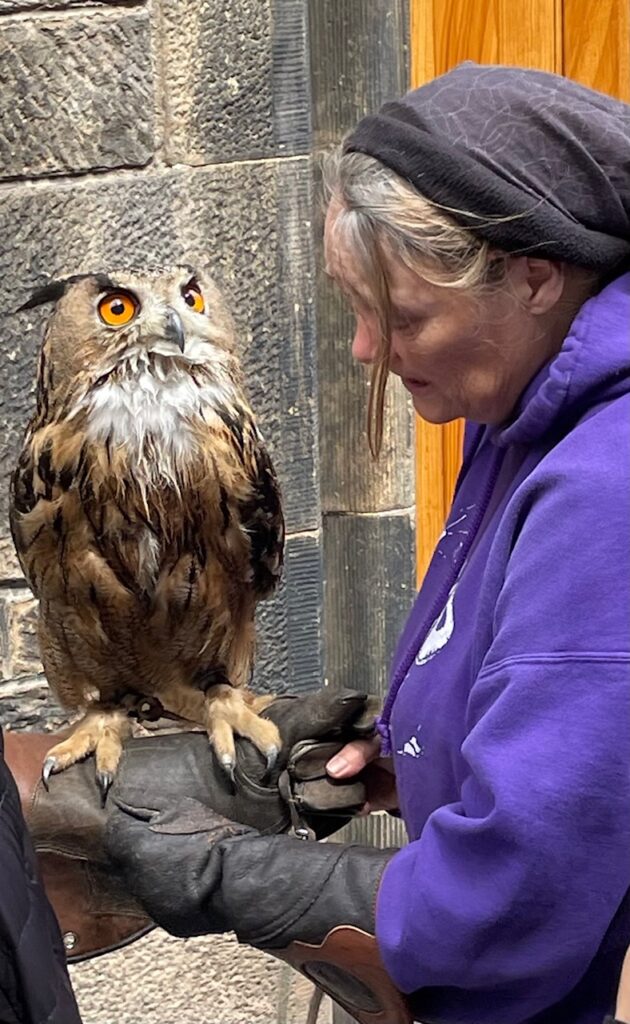
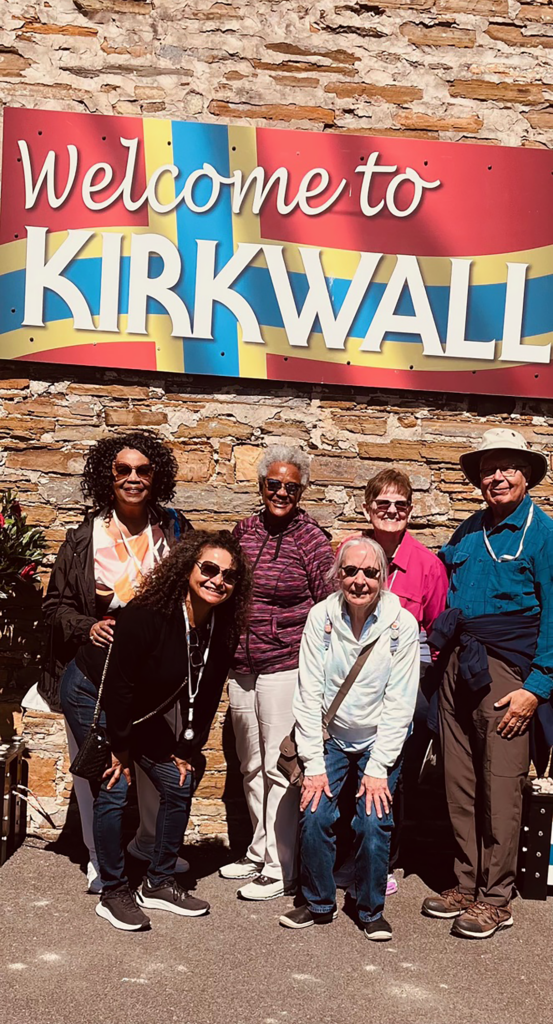

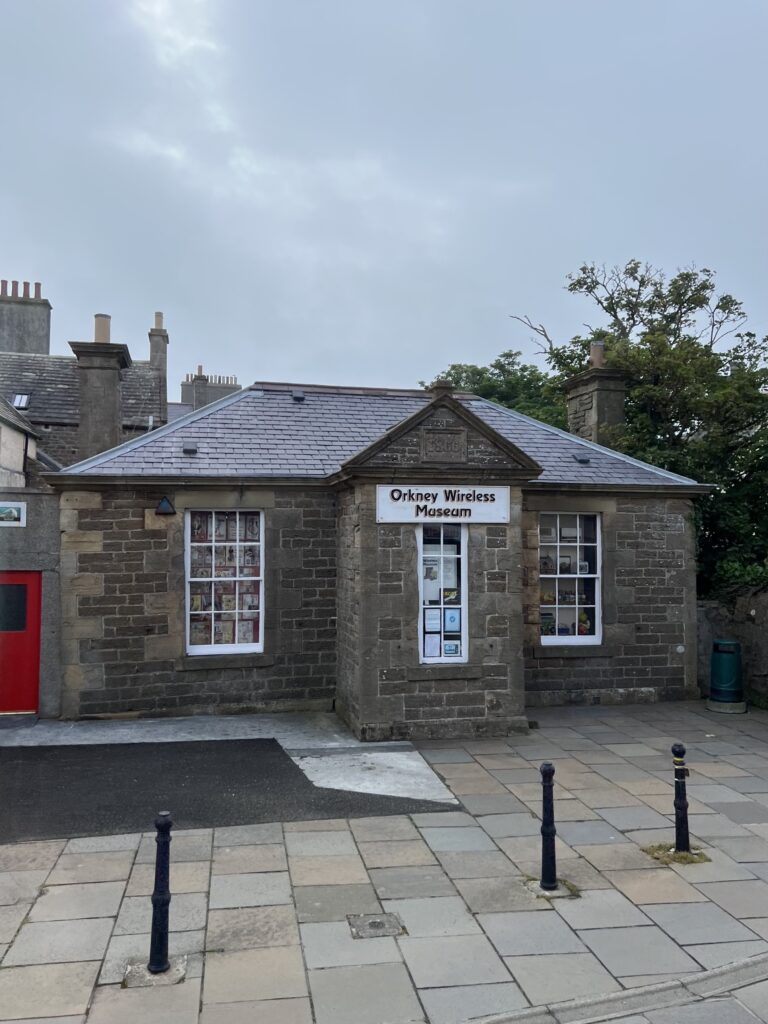
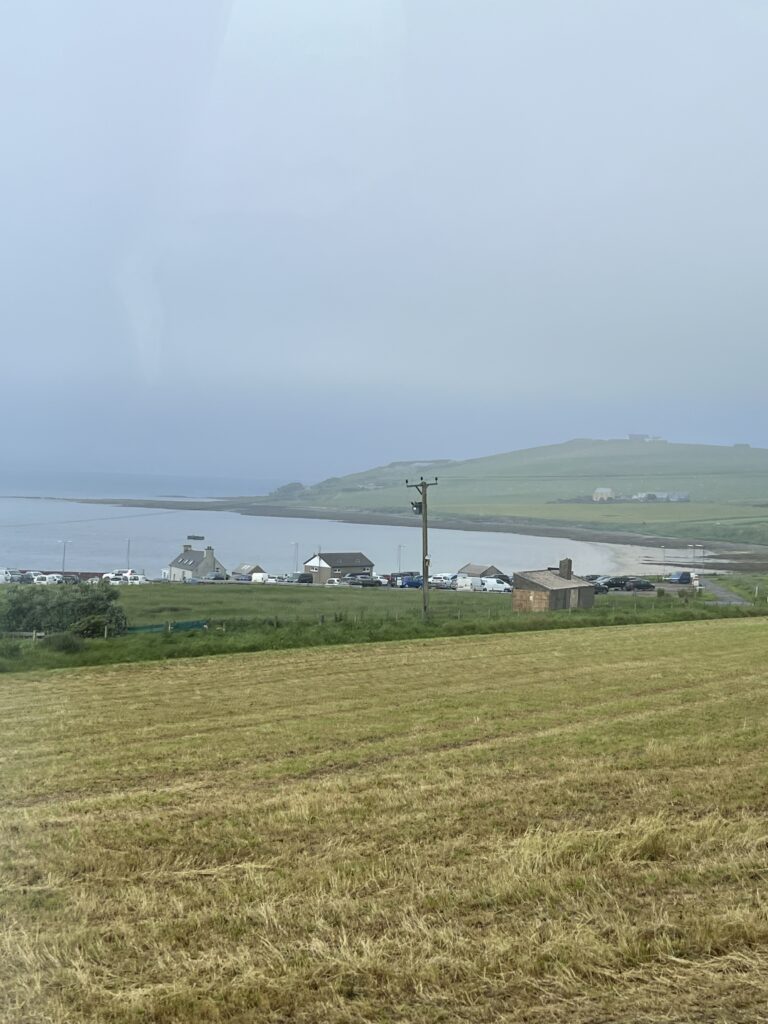























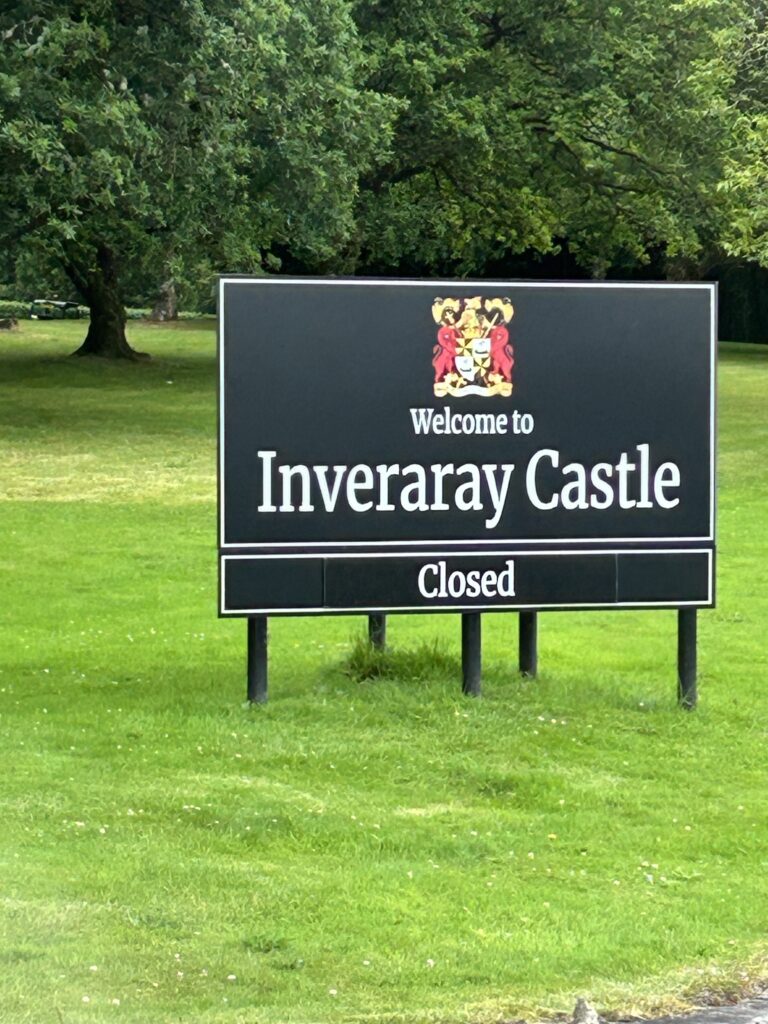







COBH, IRELAND – PORT OF CORK (Click on photos for full view)
Cobh (pronouced “cove”) is a seaport town on the south coast of County Cork, Ireland. Cobh (then known as Queenstown) was the final port of call for the Titanic before she set out across the Atlantic on the last leg of her maiden voyage. 123 passengers boarded at Cobh, with only 44 surviving the sinking.


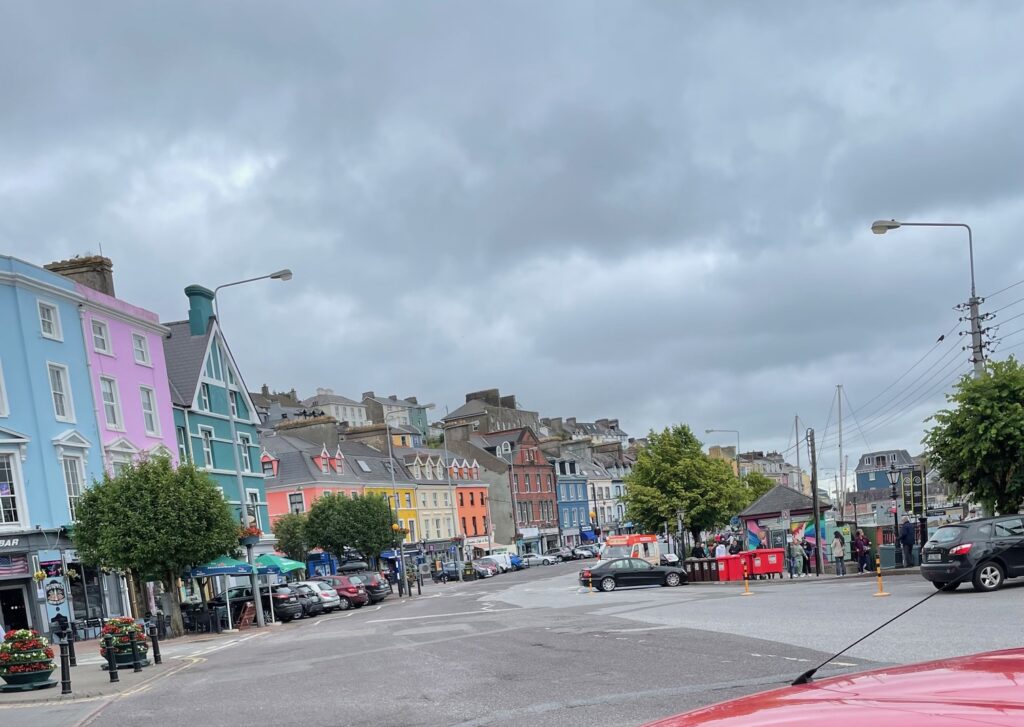




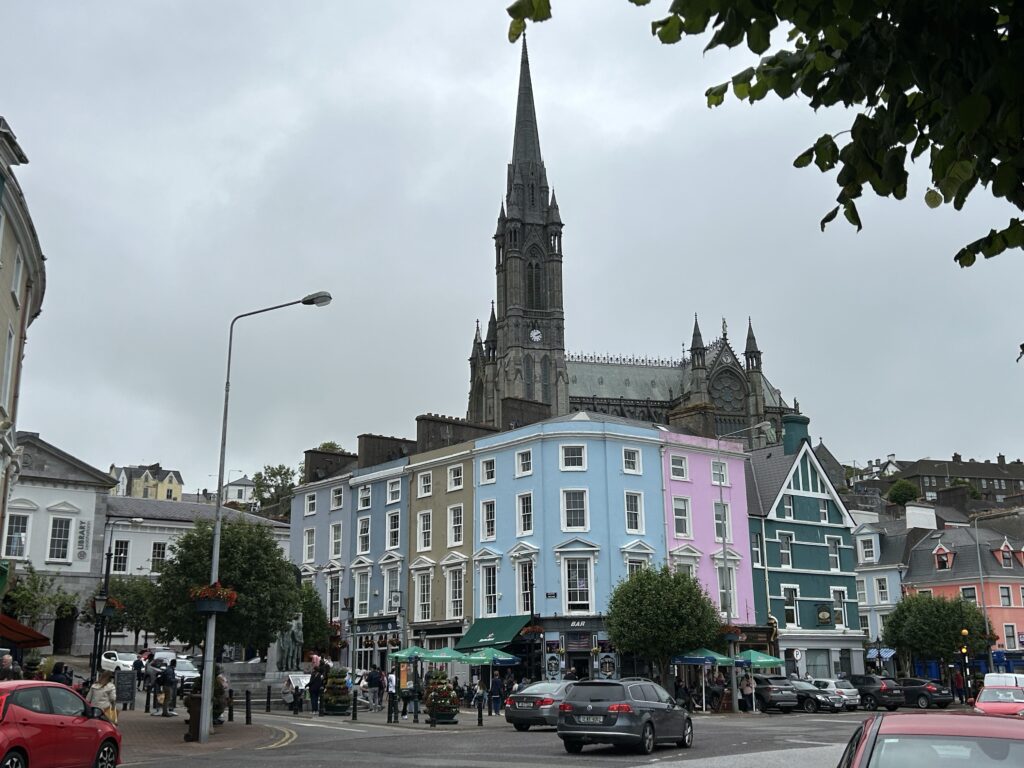
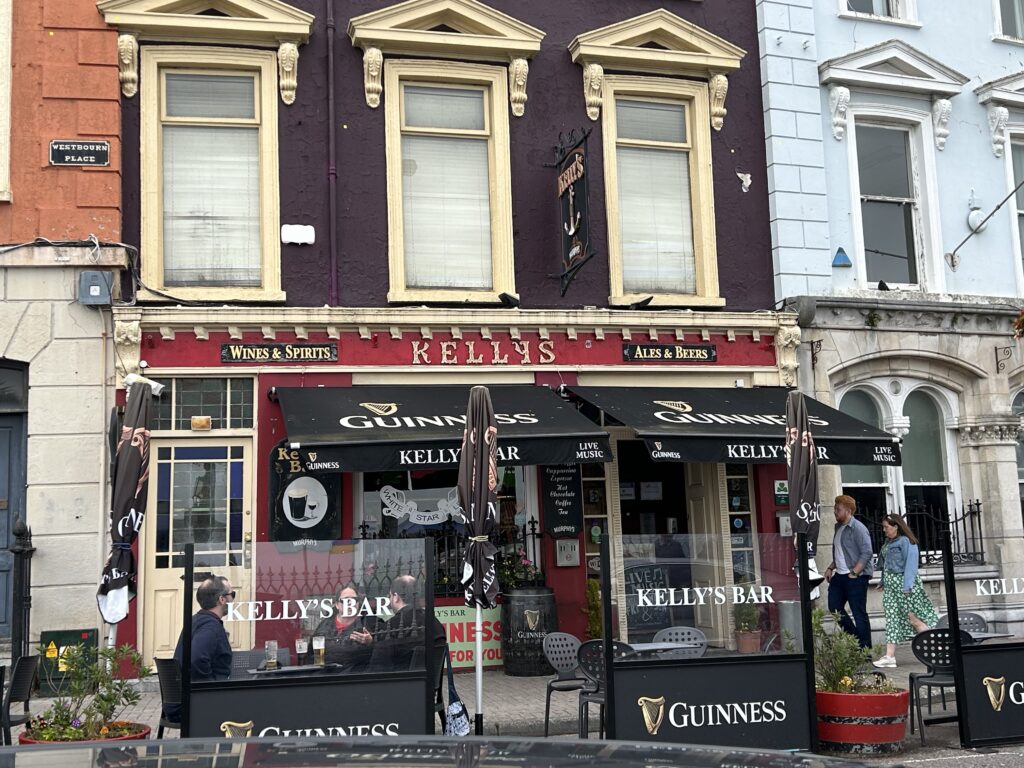
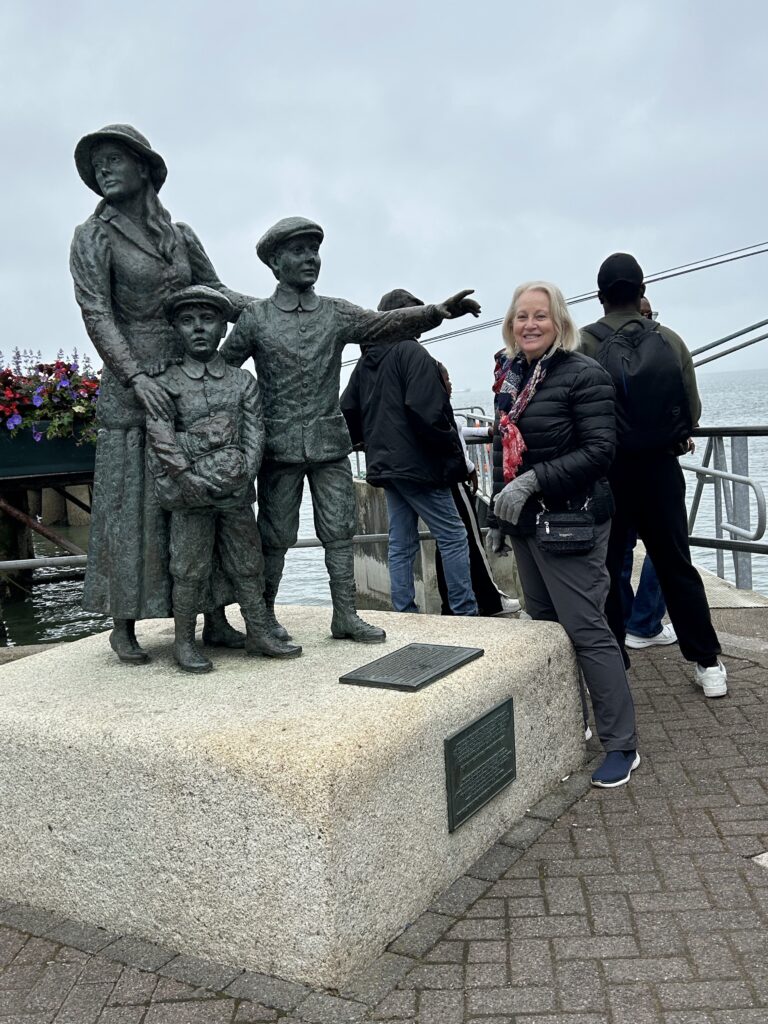




DUBLIN, IRELAND (Click on photos for full view)
Dublin is the capital of the Republic of Ireland and also the largest city by size on the island of Ireland.










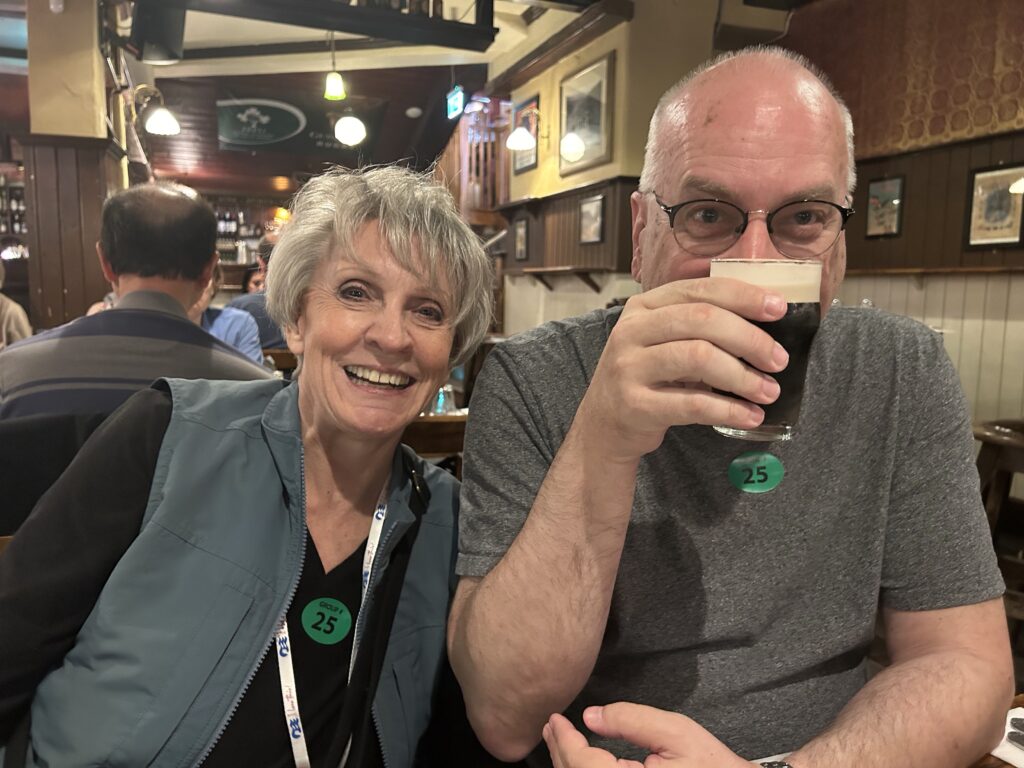

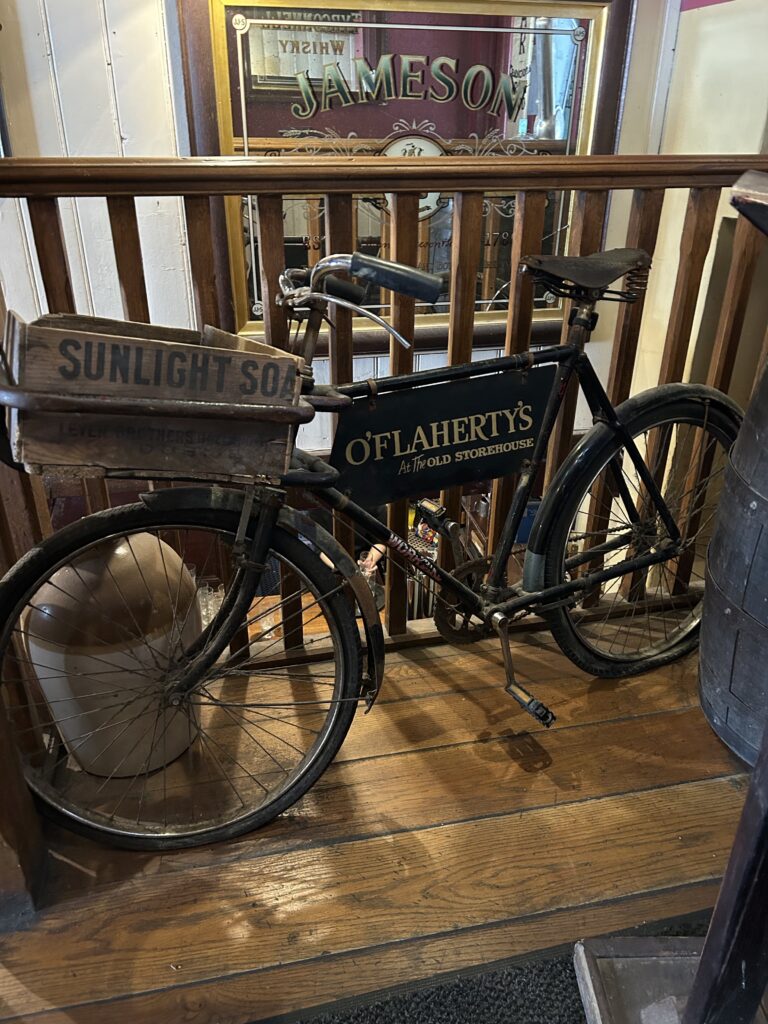

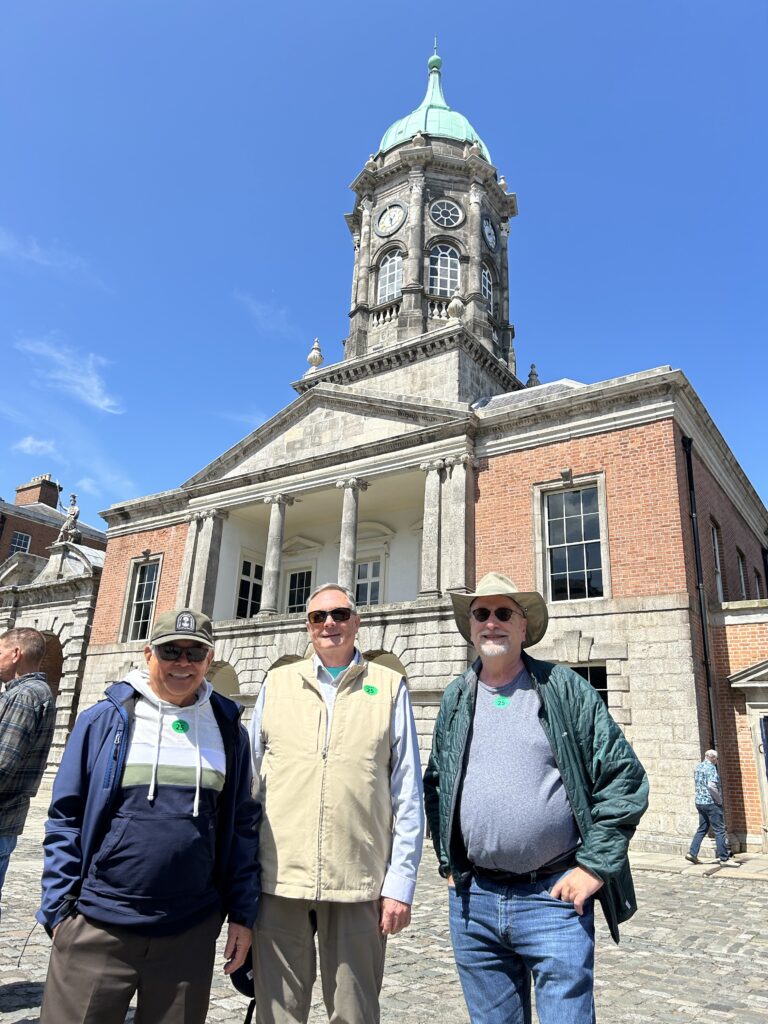

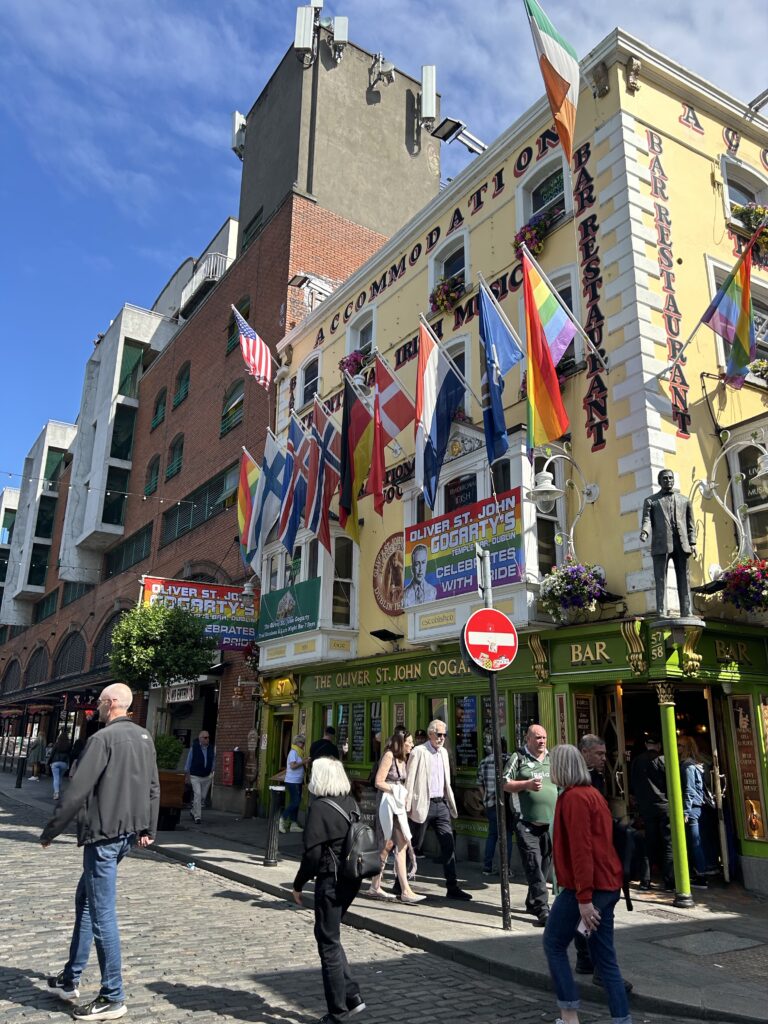



BRITISH MUSEUM (Click on photos for full view)
The British Museum, located in London, was founded in 1753 and opened its doors in 1759. It was the first national museum to cover all fields of human knowledge, open to visitors from across the world.


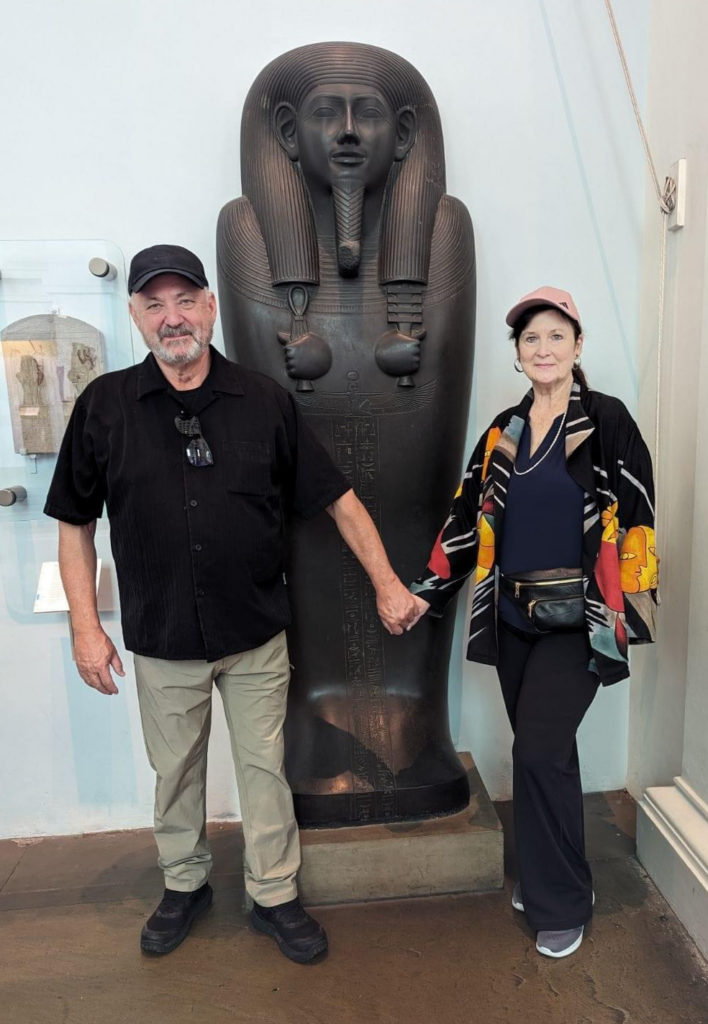





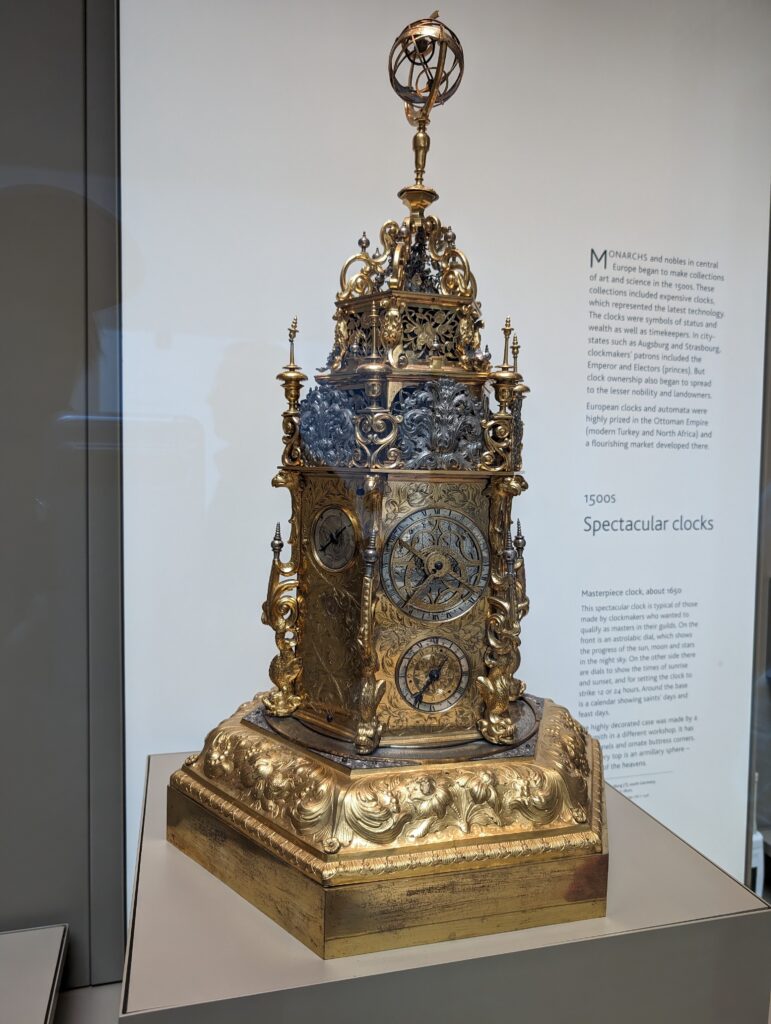









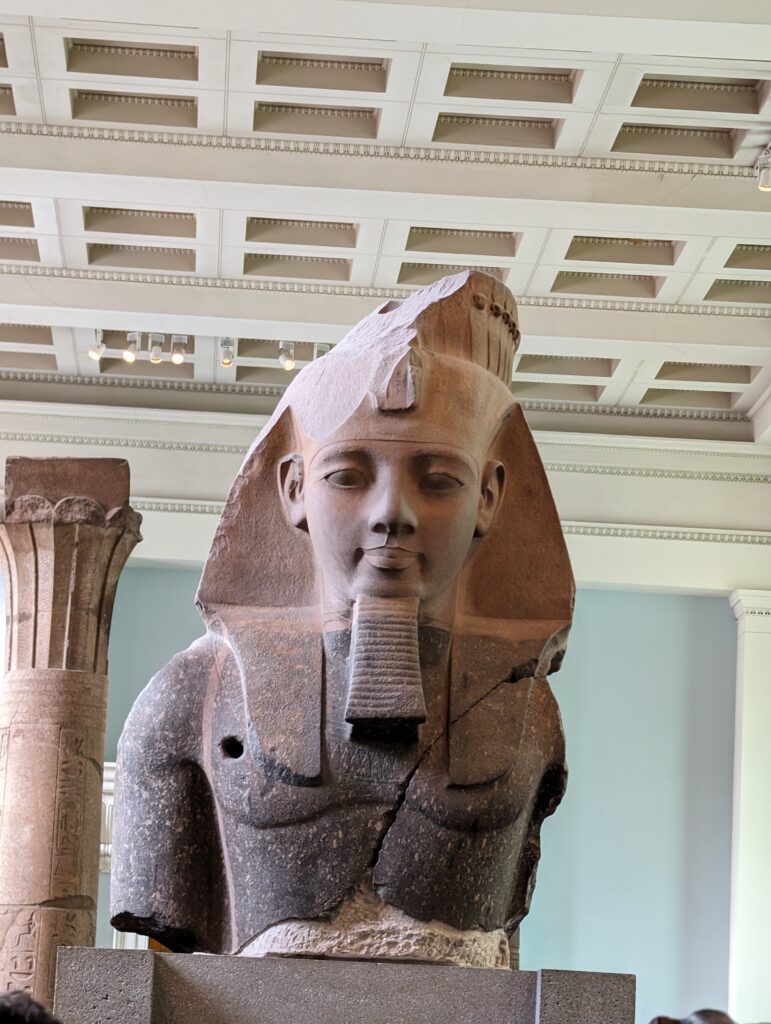

























LIVERPOOL, ENGLAND (Click on photos for full view)
Liverpool is a city and metropolitan borough in northwest England. It is approximately 178 miles from London. It is England’s only UNESCO City of Music and has produced many notable musical acts, most notably the Beatles, while musicians from the city have released more UK number one hit singles than anywhere else in the world.




















BLARNEY CASTLE and POISON GARDENS, IRELAND (Click on photos for full view)
Blarney Castle (home of the Blarney Stone) was built nearly 600 years ago by Cormac MacCarthy. The Blarney Stone, the legendary Stone of Eloquence is found at the top of the tower. “There is a stone there, that whoever kisses, OH! He never misses, to grow eloquent”. Blarney Castle’s Poison Gardens are located behind the castle battlements. While they may seem like any other botanical garden, warning signs with skull and crossbones and cages are carefully constructed to contain the deadliest of the plants. “Do not touch, smell, or eat any plant!”, visitors are warned. The deadly specimens include Wolfsbane, Mandrake, Hellebore, Hemlock, Nightshade and Ricinus communis (which produces castor oil and the lethal poison ricin).











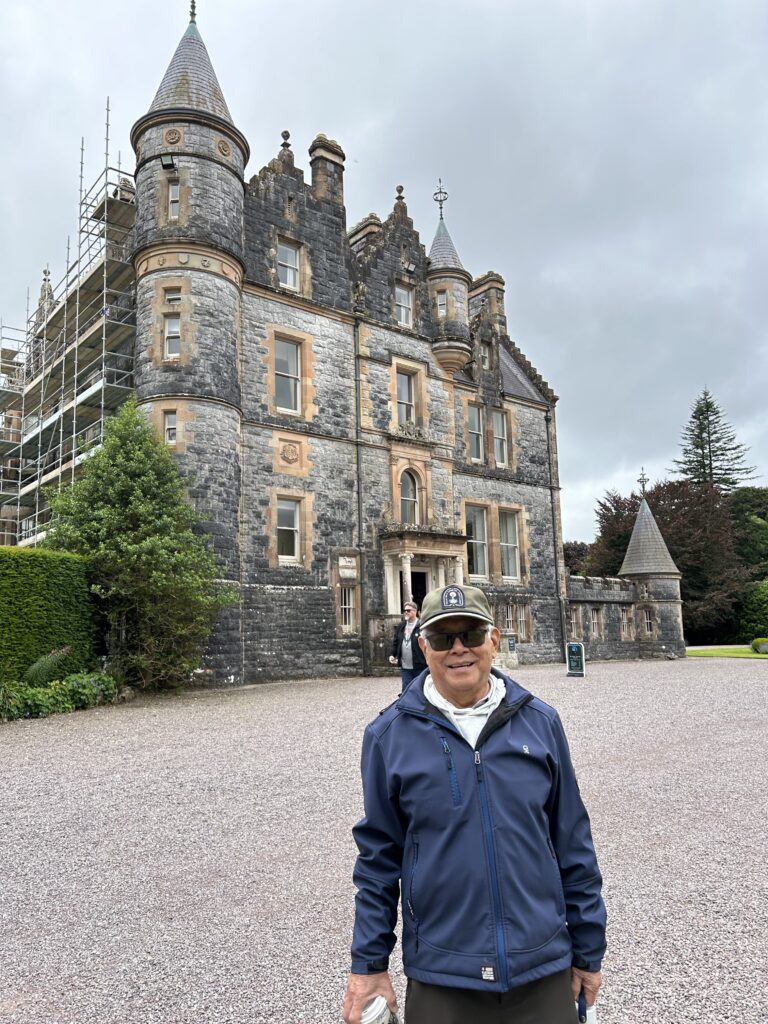







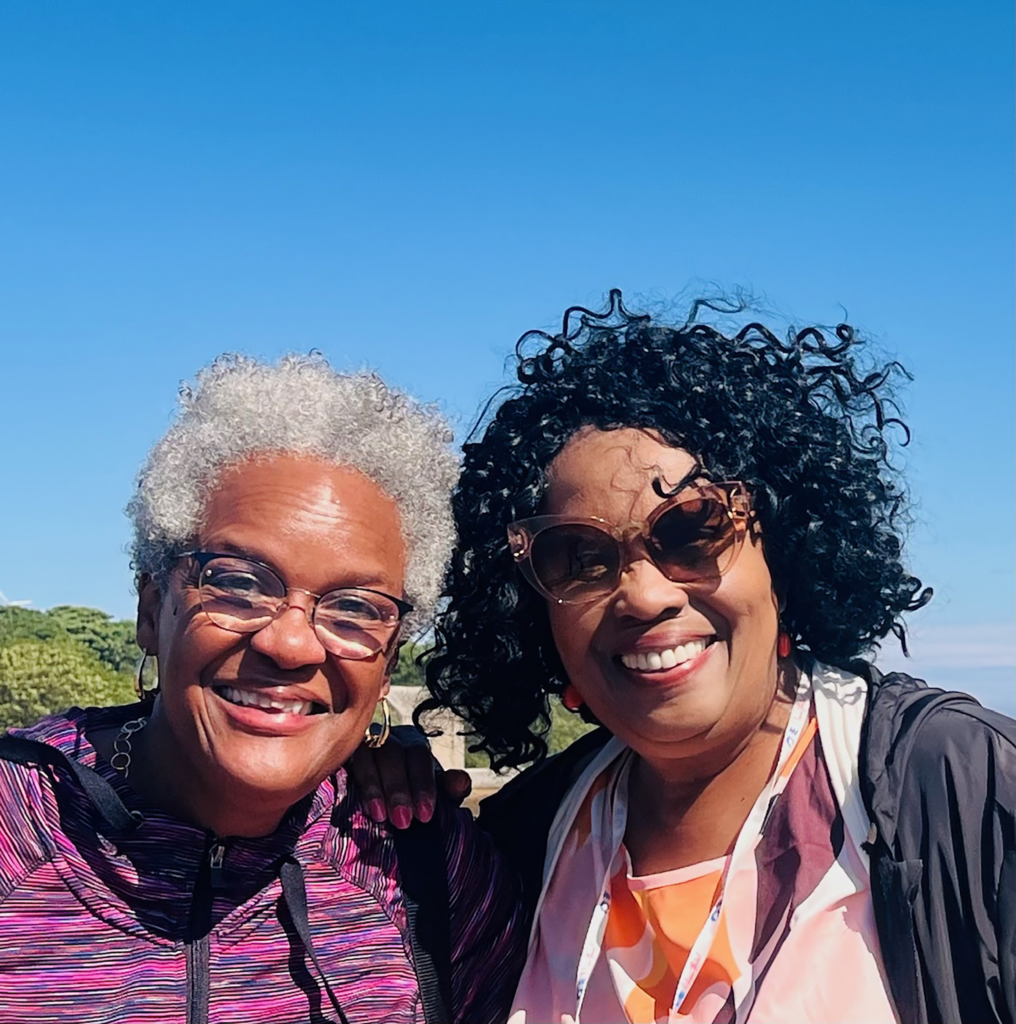
MISCELLANEOUS (Click on photos for full view)
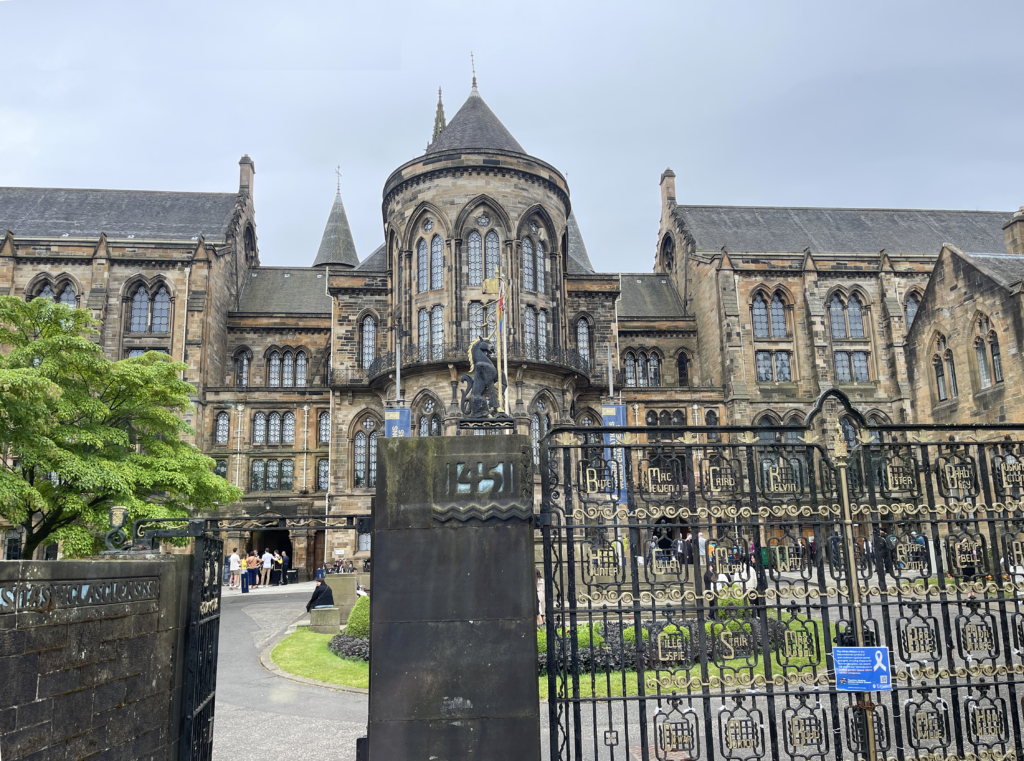

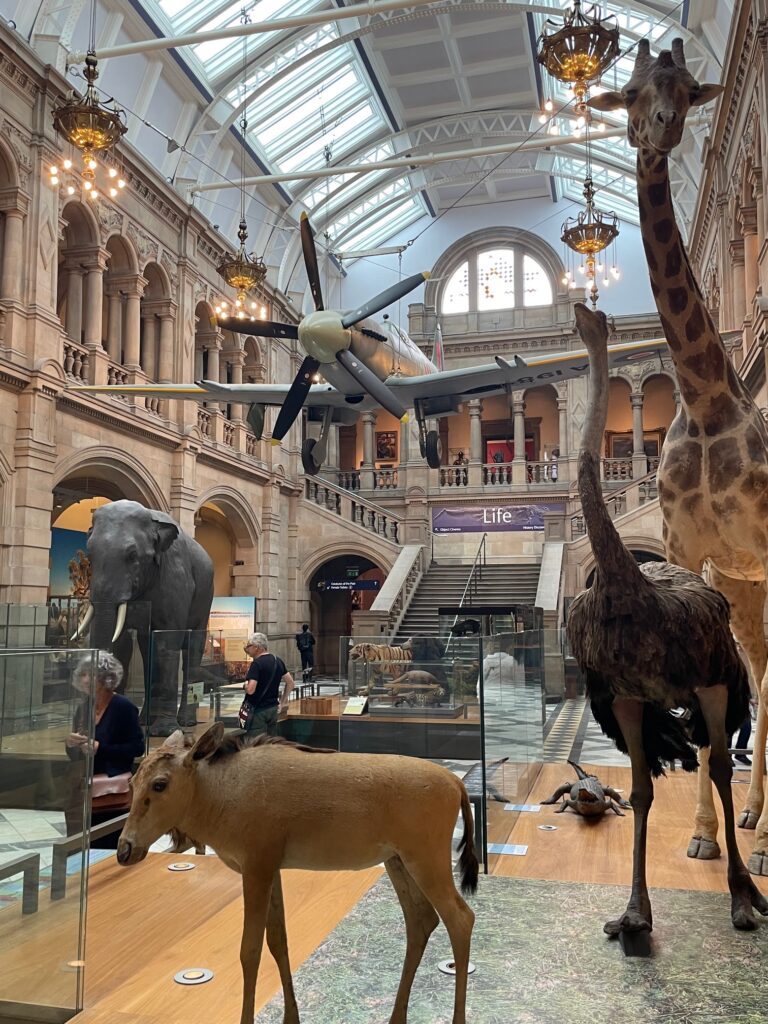

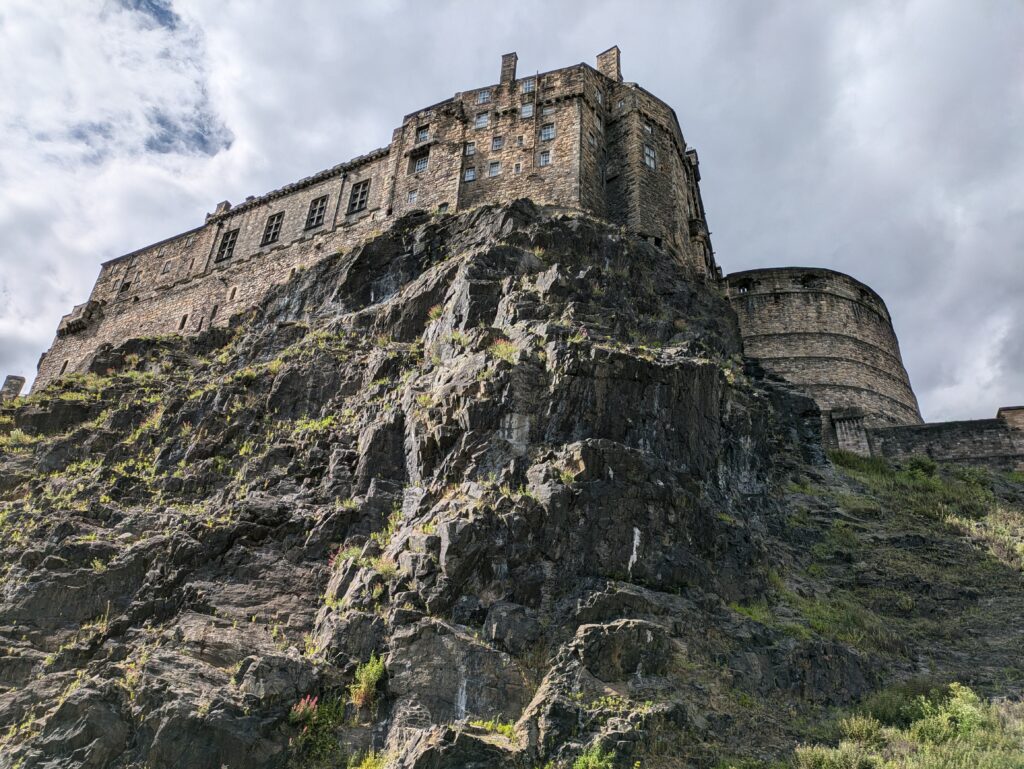
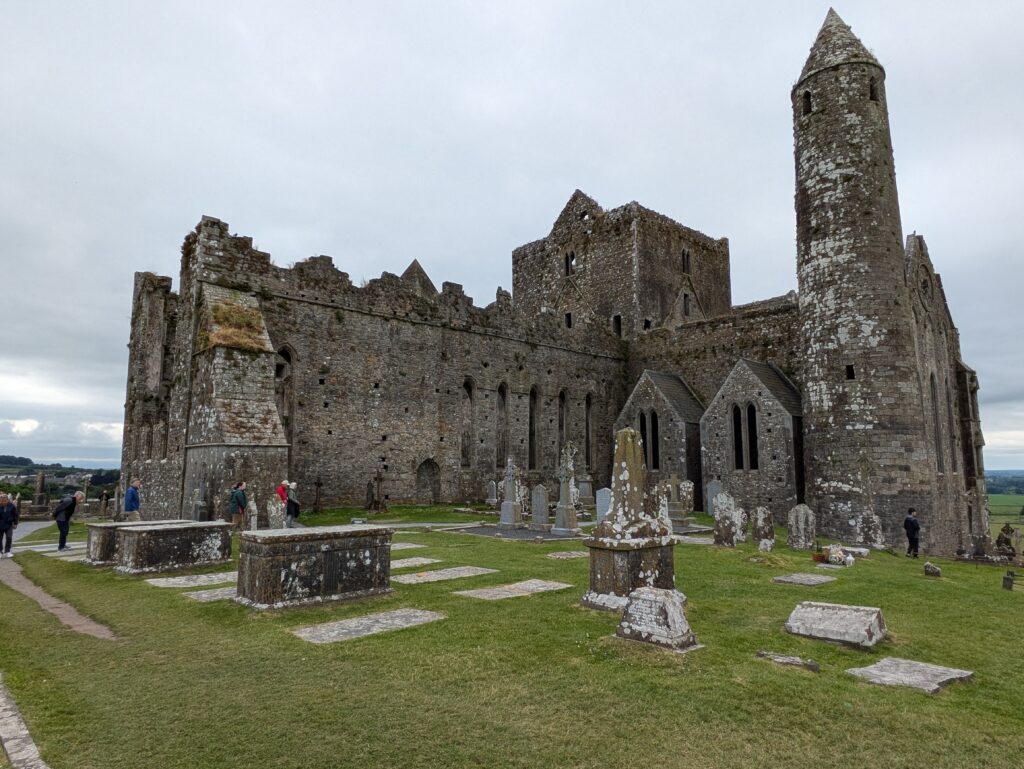
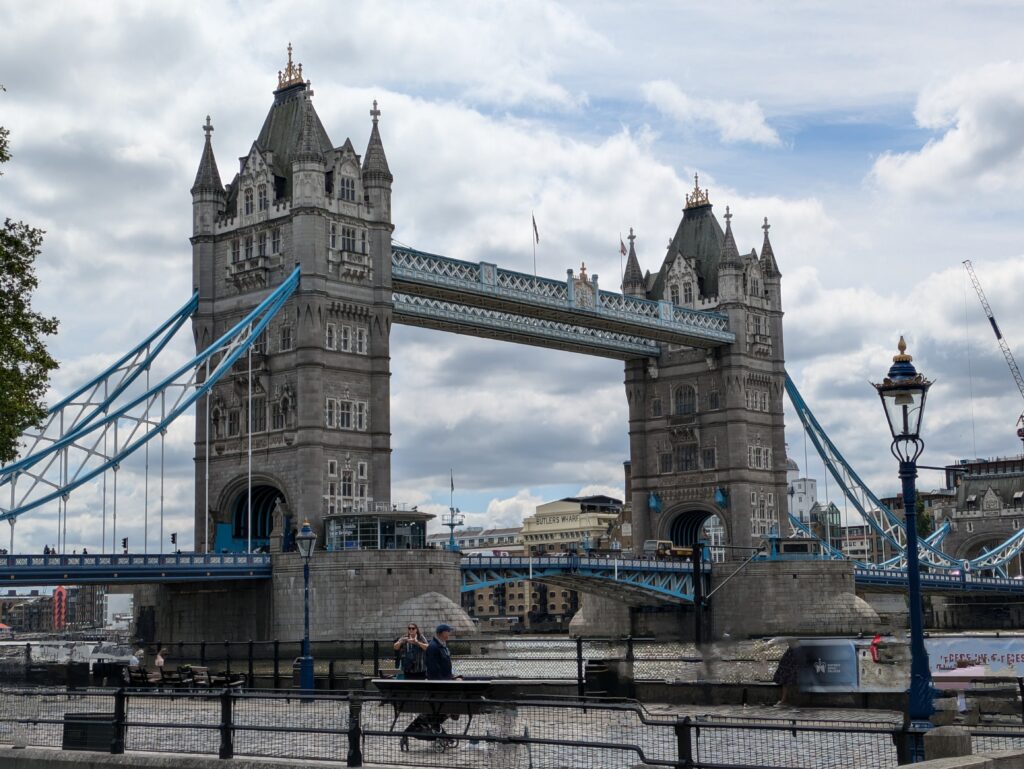
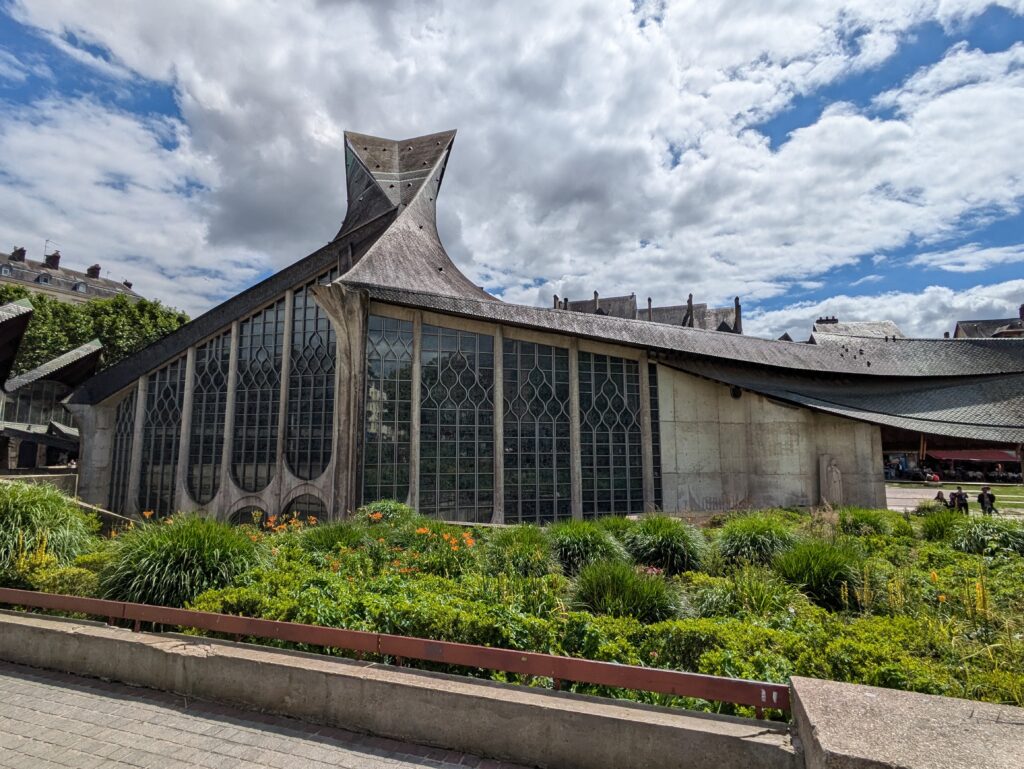









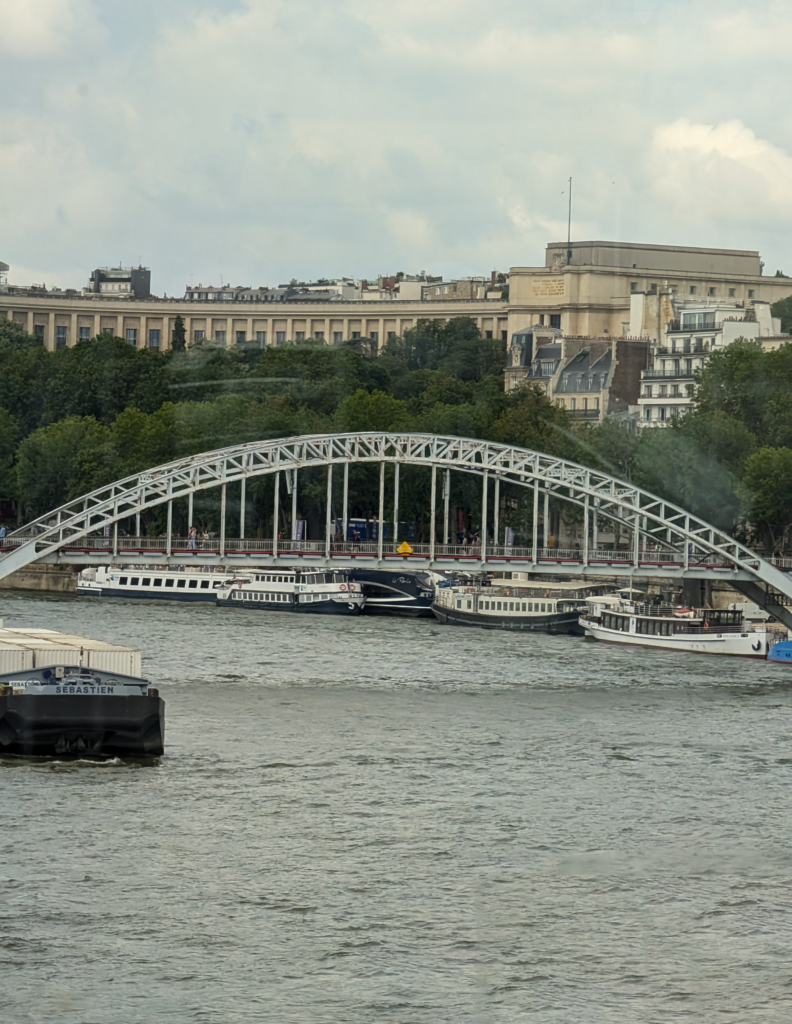


















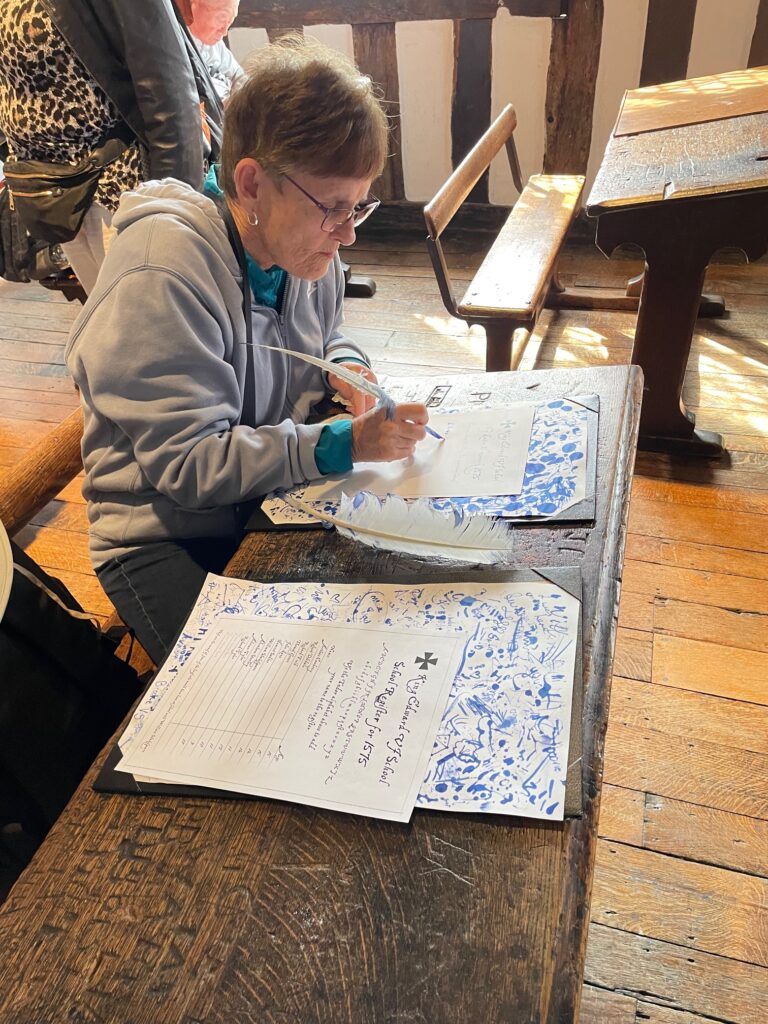
STONEHENGE (Click on photos for full view)
Stonehenge is a prehistoric megalithic structure on Salisbury Plain in Wiltshire, England. It consists of an outer ring of vertical sarsen standing stones, each around 13 feet high, 7 feet wide and weighing around 25 tons, topped by connecting horizontal lintel stones. Inside is a ring of smaller bluestones. Inside these are free-standing trilithons, two bulkier vertical sarsens joined by one lintel. Stonehenge is believed to have been constructed in several phases from around 3100 B.C. to 1600 B.C.



LOCH NESS and URQUHART CASTLE RUINS (Click on photos for full view)
Loch Ness Lake, in Scotland, has a dept of 788 feet and a length of about 23 miles. It has the largest volume of fresh water in Great Britain. It lies in the Glen Mor that bisects the Highlands. Urquhart Castle is a ruined castle that sits beside Loch Ness in the Highlands of Scotland. The present ruins date from the 13th to the 16th centuries, though built on the site of an early medieval fortification. Founded in the 13th century, Urquhart played a role in the Wars of Scottish Independence in the 14th century. It was subsequently held as a royal castle and was raided on several occasions by the MacDonald Earls of Ross. The castle was granted to the Clan Grant in 1509, though conflict with the MacDonalds continued. Despite a series of further raids, the castle was strengthened, only to be largely abandoned by the middle of the 17th century. Urquehart was partially destroyed in 1692 to prevent its use by Jacobite forces, and subsequently decayed. In the 20th century, it was placed in state care as a scheduled monument and opened to the public.

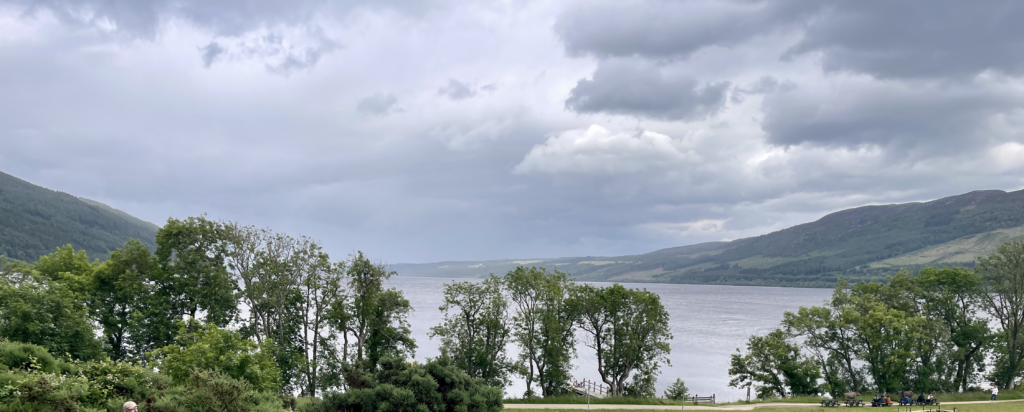






RING OF BRODGAR, SKARA BRAE, and SKAILL HOUSE (Click on photos for full view)
The monuments that make up the Heart of Neolithic Orkney are among the most important Neolithic sites in Western Europe. The Ring of Brodgar is an exceptional relic of the Stone Age, dating from 2700 B.C. and displaying 27 of its original 60 stones. Nearby, the Stones of Stenness, the oldest standing stones in Britain, stand 19 feet tall. Skara Brae is a Stone Age settlement buried under sand for thousands of years until uncovered by a violent storm in 1850. The Skaill House is the finest 17th-century mansion in Orkney.












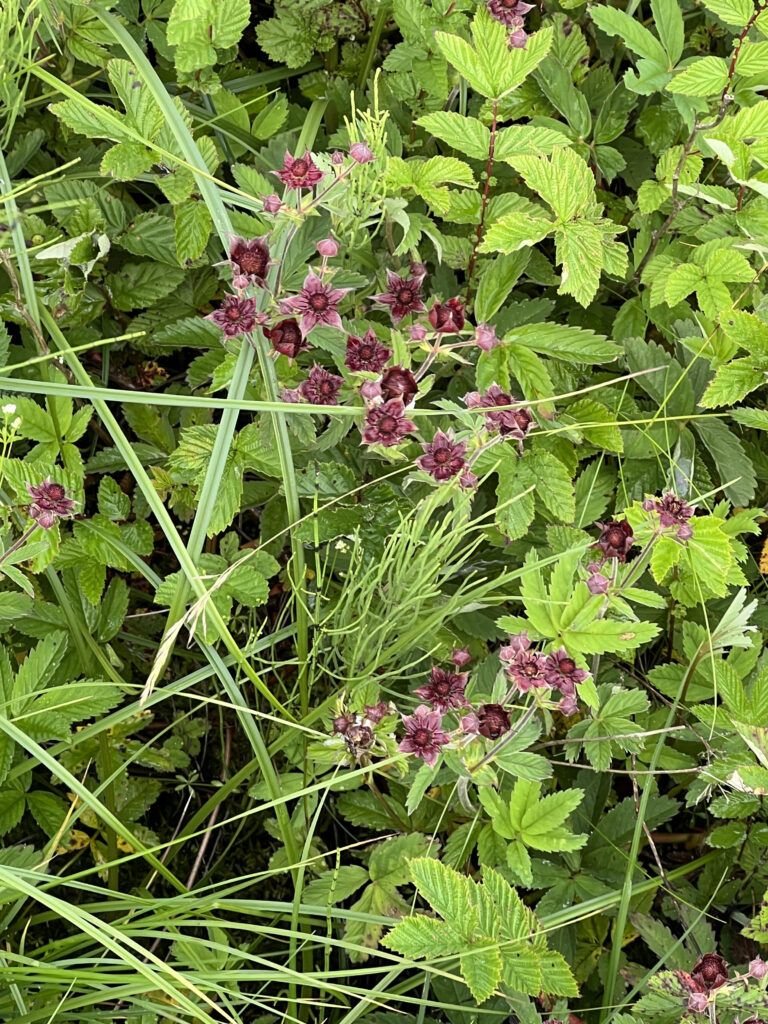
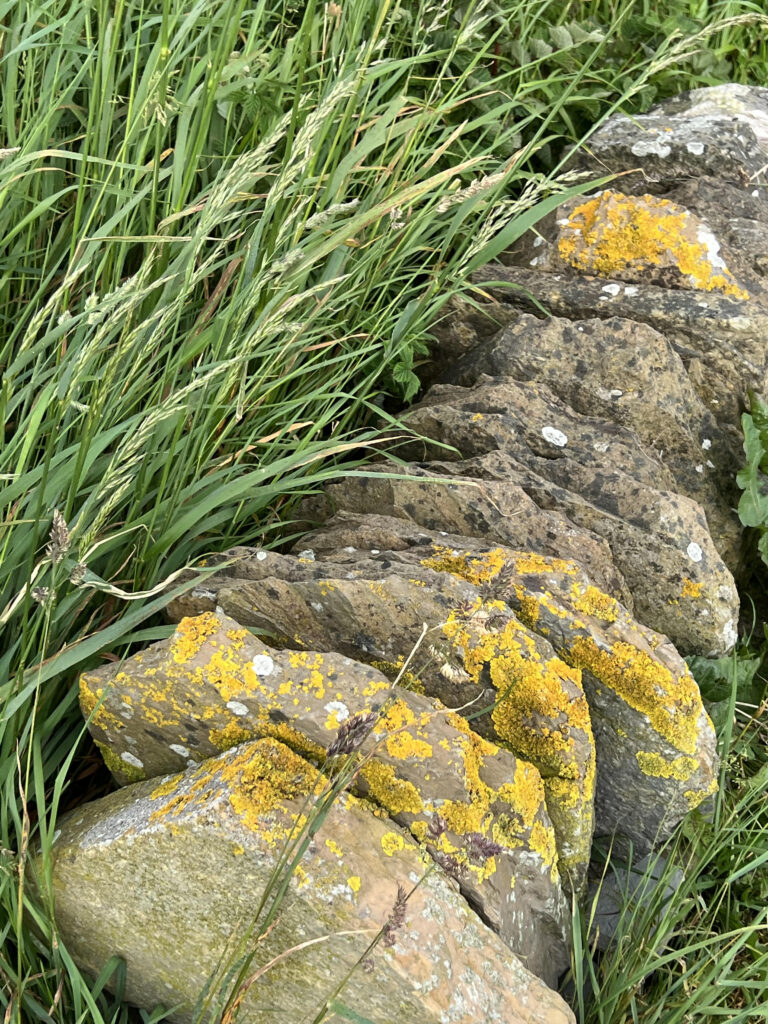














KELVINGROVE ART GALLERY and MUSEUM (Click on photos for full view)
The Kelvingrove Art Gallery and Museum, located in the west end of Glasgow, is one of Scotland’s most popular attractions, with themed and state-of-the-art galleries displaying over 8000 objects. They include natural history, arms and armour, art from many art movements and periods of history.
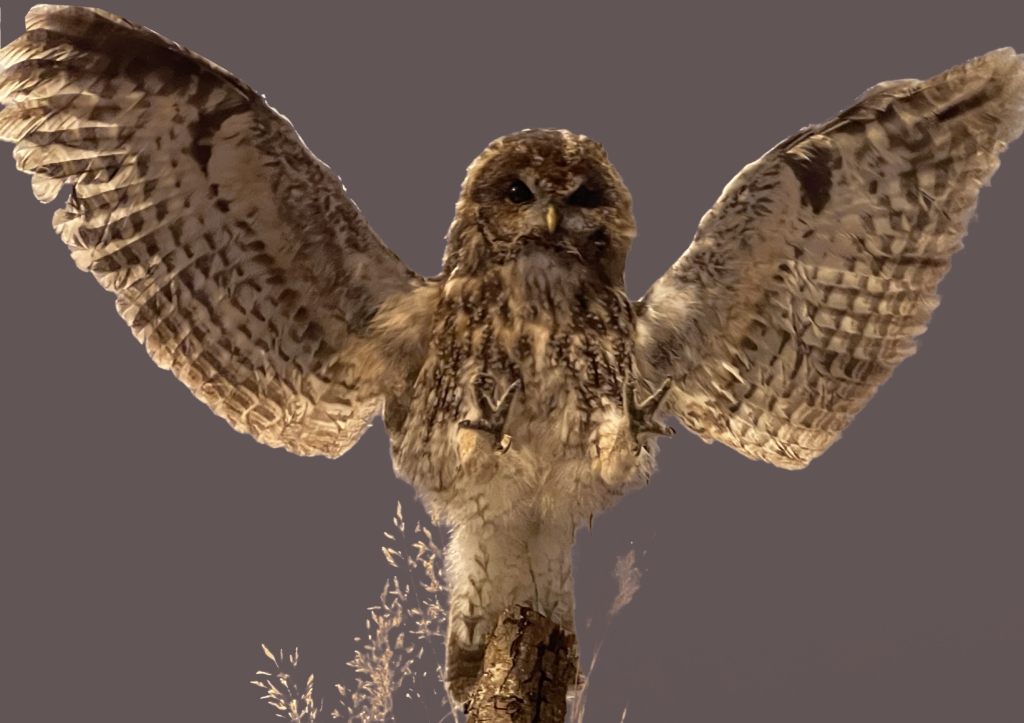





CAWDOR CASTLE (Click on photos for full view)
Cawdor Castle is a traditional Scottish Castle built and inhabited by the Cawdor family for over 600 years. Its iron gate, moat and drawbridges, turrets, turnpike stairs and vaulted 16th-century kitchen is steeped in intrigue and history. It dates from the late 14th century, built as a private fortress by the Thanes of Cawdor. The castle boasts three very different gardens, each with their own unique history and appearance.


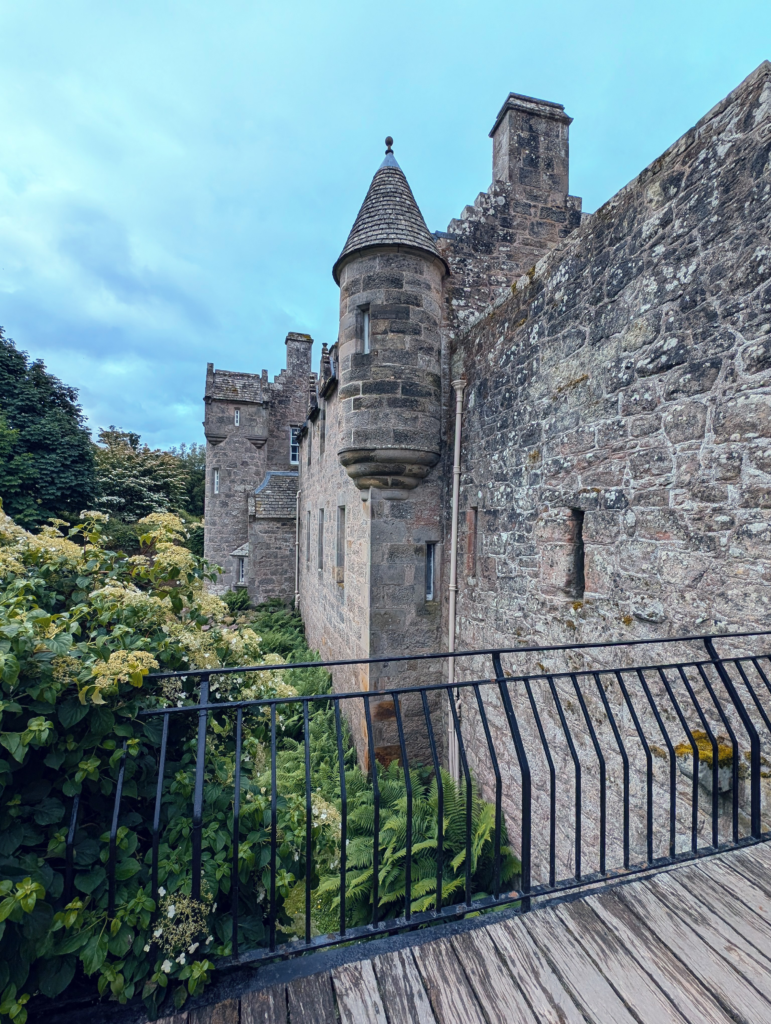







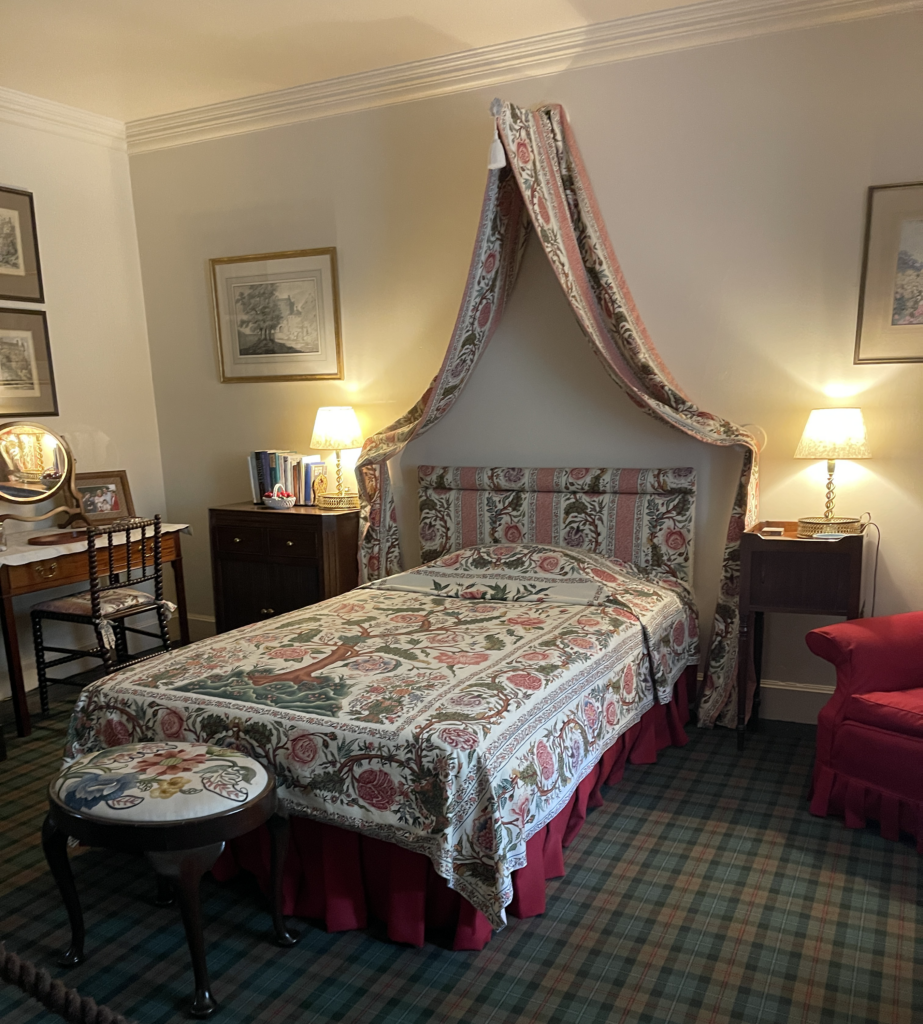



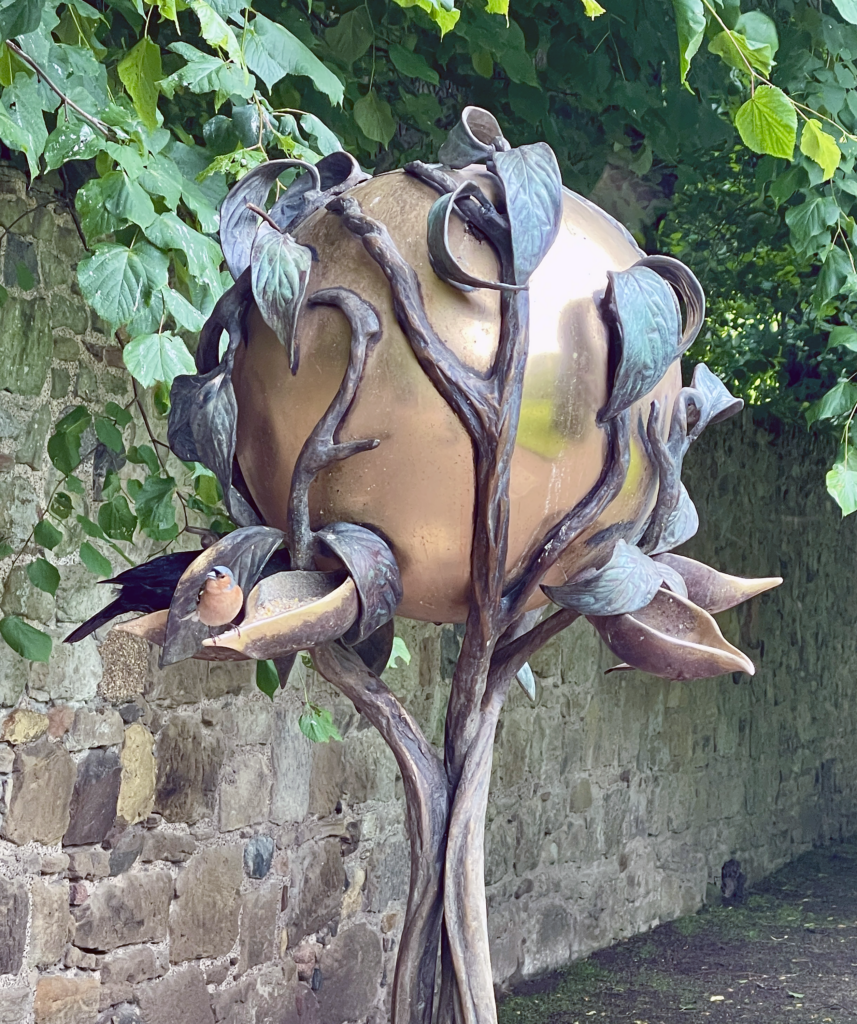


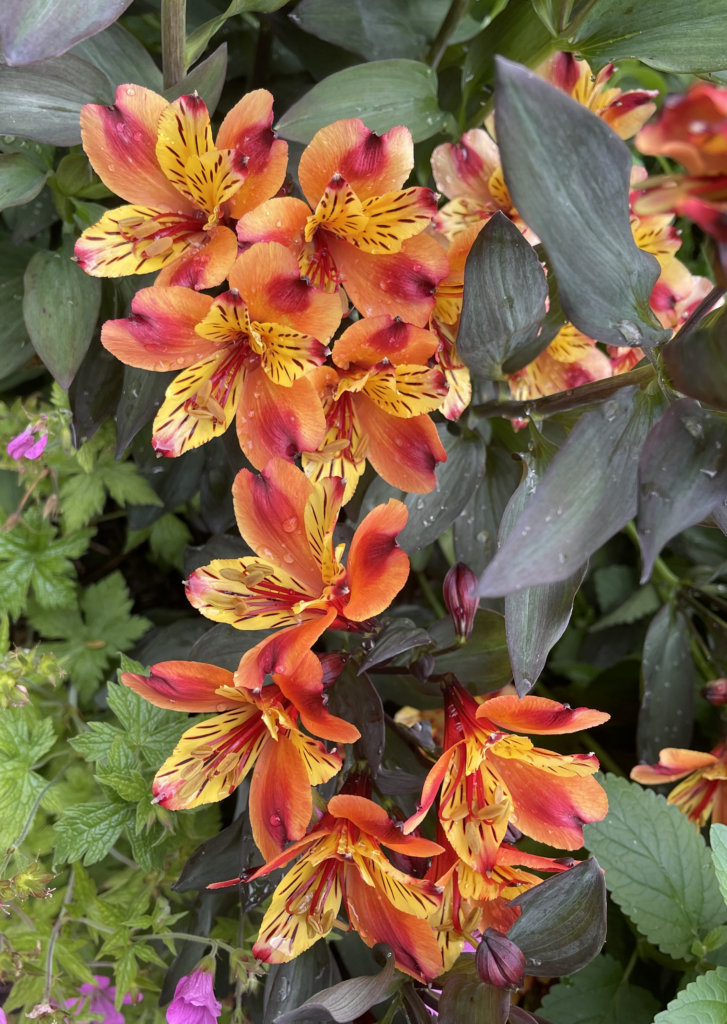


NORMANDY and THE NORMANDY AMERICAN CEMETERY (Click on photos for full view)
The Normandy American Cemetery and Memorial is a World War II cemetery in Collevill-sur-Mer, Normandy, France. It honors American troops who died in Europe during World War II.











HEADING HOME AFTER A GREAT TRIP (Click on photos for full view)



